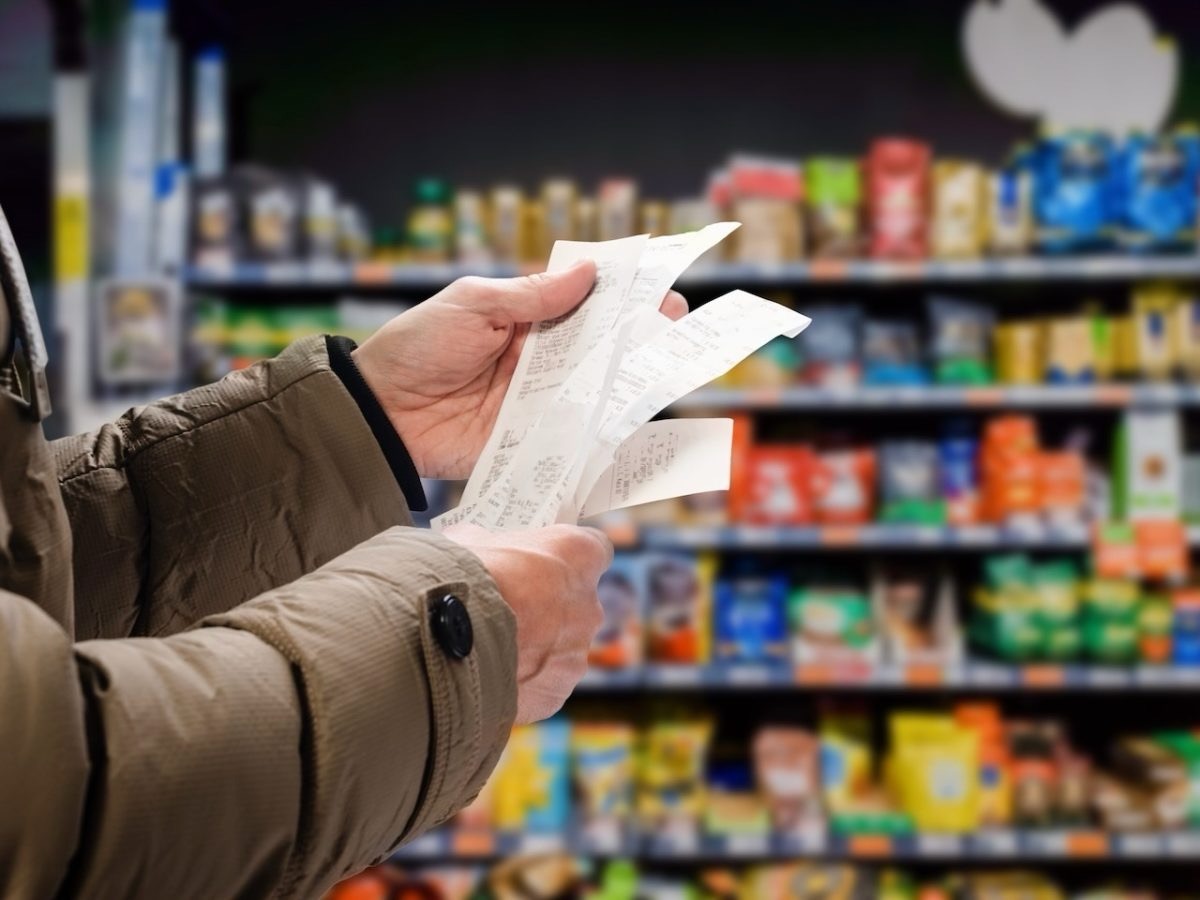
Annual inflation has eased to its lowest level in nearly three years, according to the latest Consumer Price Index, which was up 0.6% in the March quarter, putting annual inflation at 4%.
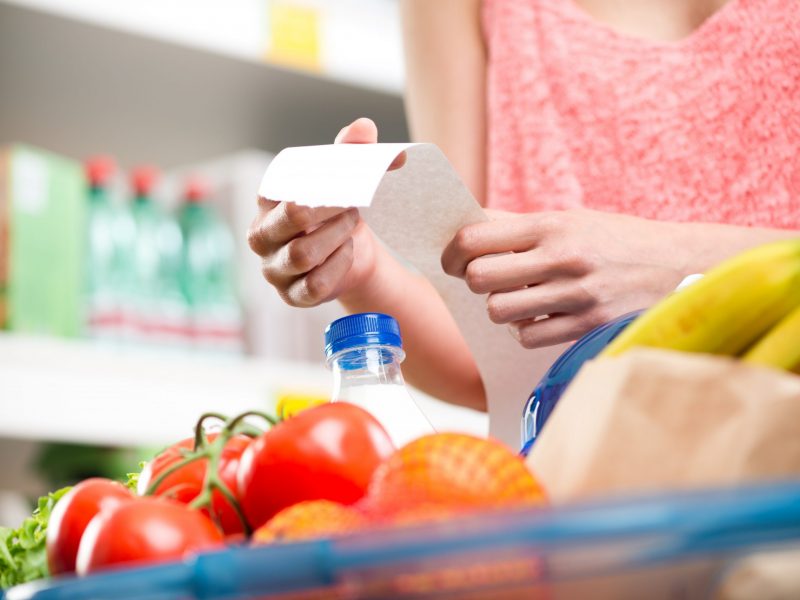
The annual increase in food prices has fallen to its lowest level since April 2021, which marked the start of the recent upward cycle.
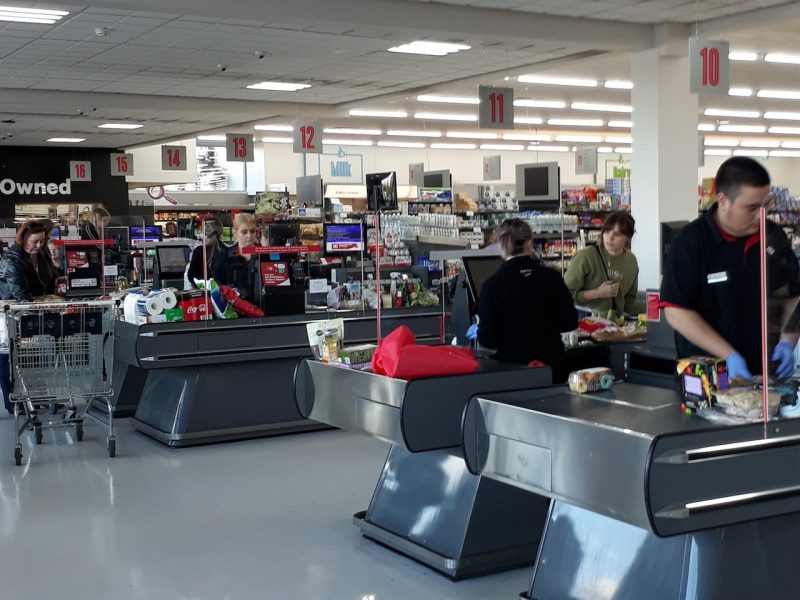
The rate of food price increases at Foodstuffs grocery co-operative stores was behind the Stats NZ Food Price Index for year to March 2024.

Cost increases might be 1 to 1.5 percentage points higher than before the pick-up in inflation in 2021, says Infometrics’ principal economist.
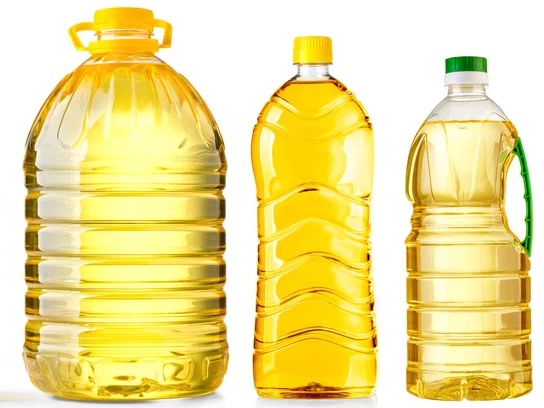
Rising international quotations for vegetable oils, dairy products, and meat pushed the benchmark index for world food commodity prices up by 1.1% in March 2024.

Labour has proposed an urgent inquiry to investigate what it said were the ever-increasing profits of supermarket.
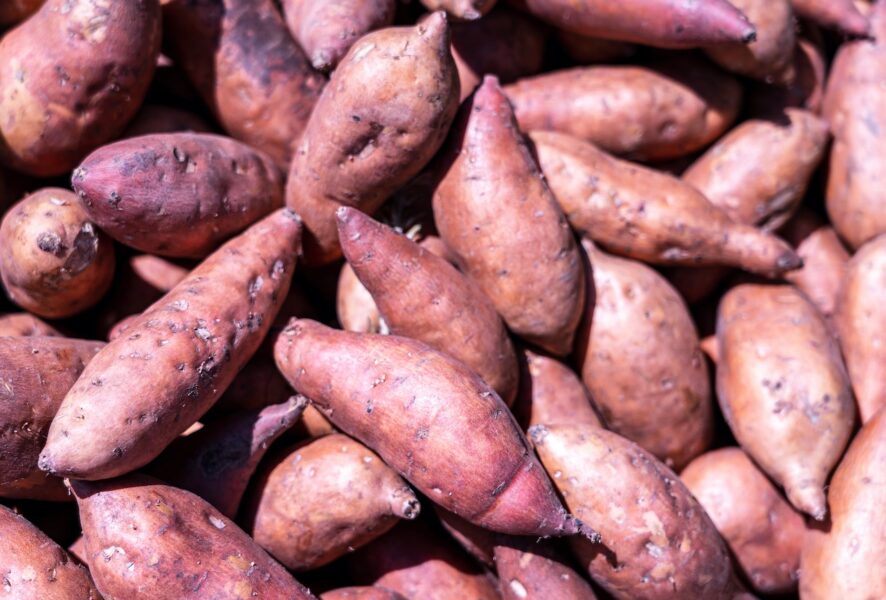
Better prices for fresh produce have seen the start of a reversal of trends towards frozen and tinned options, according to Woolworths New Zealand.
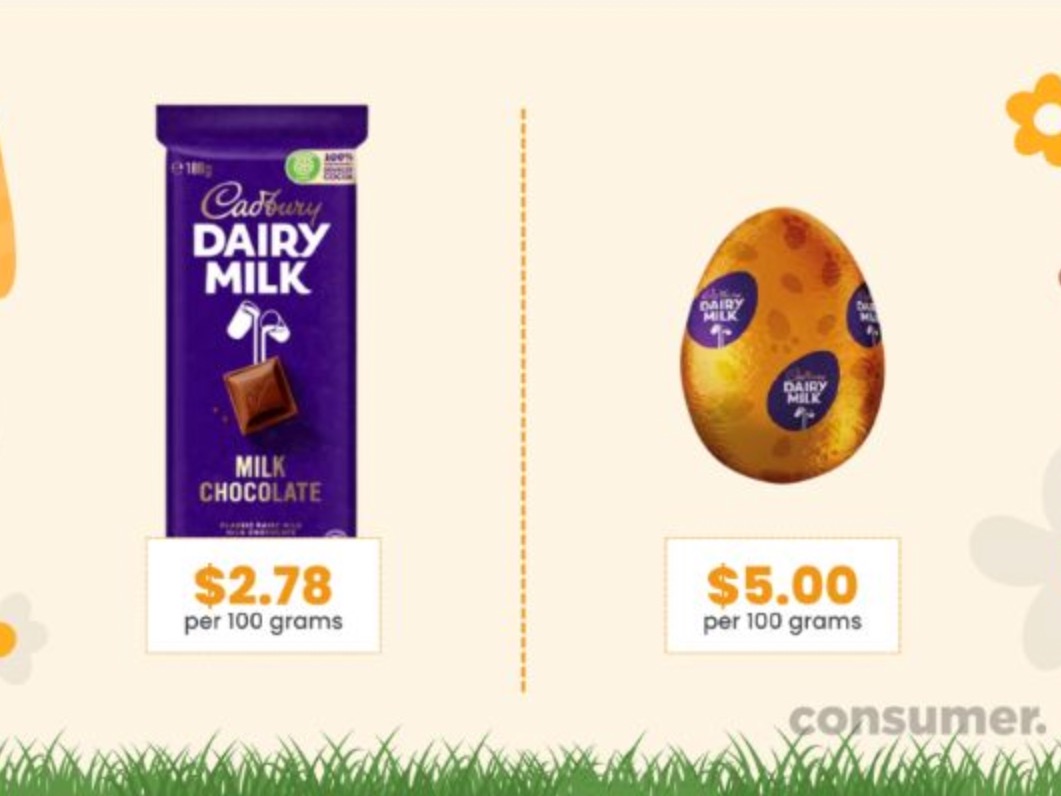
Consumer NZ has crunched some numbers around premium Easter chocolate pricing.
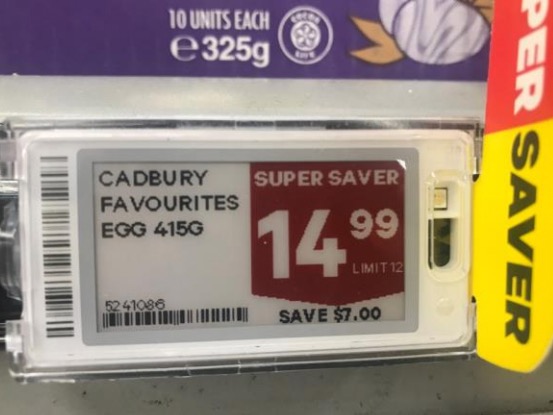
The Commerce Commission has released its Unit Pricing Guidelines for grocery retailers.
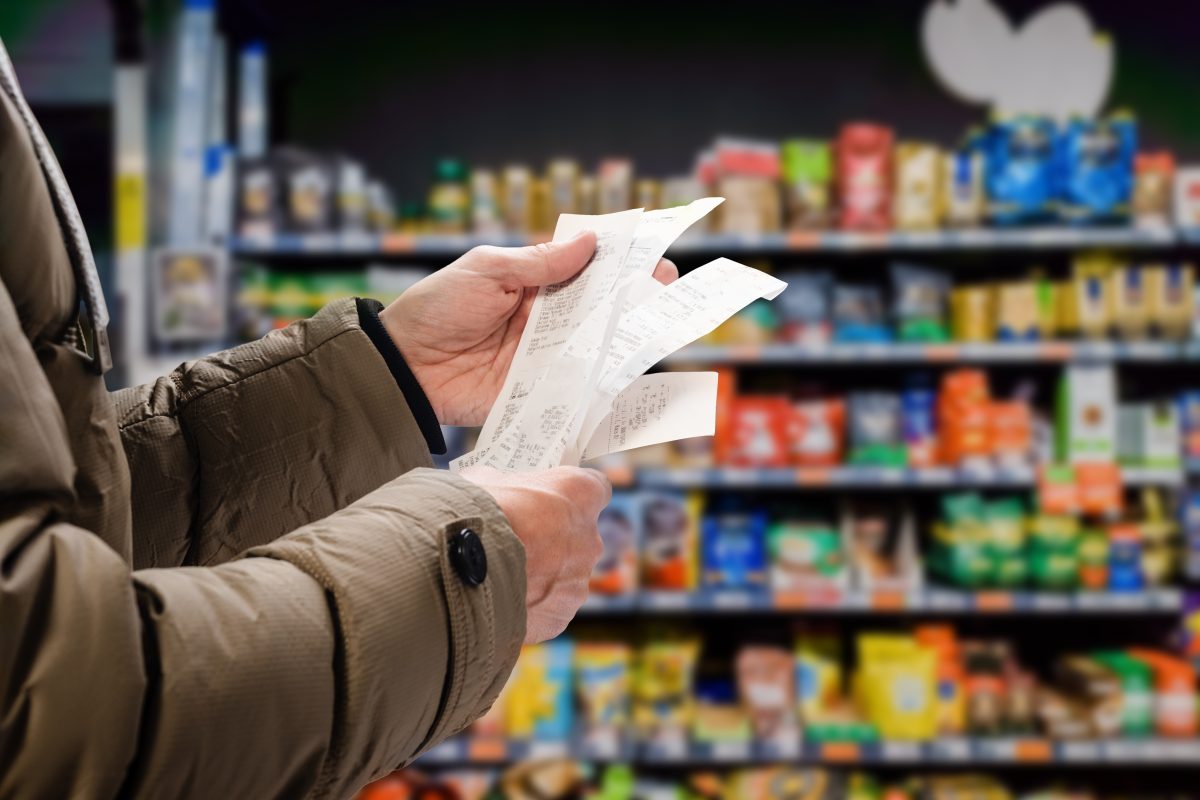
Rising food prices are one of the top three issues New Zealanders want the government to focus most on improving, according to Horizon Research.
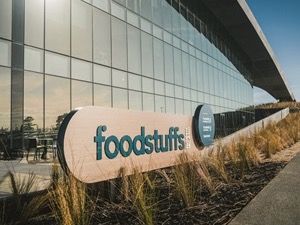
The rate of food price increases at Foodstuffs grocery co-operative stores was ahead of the Stats NZ Food Price Index in February.
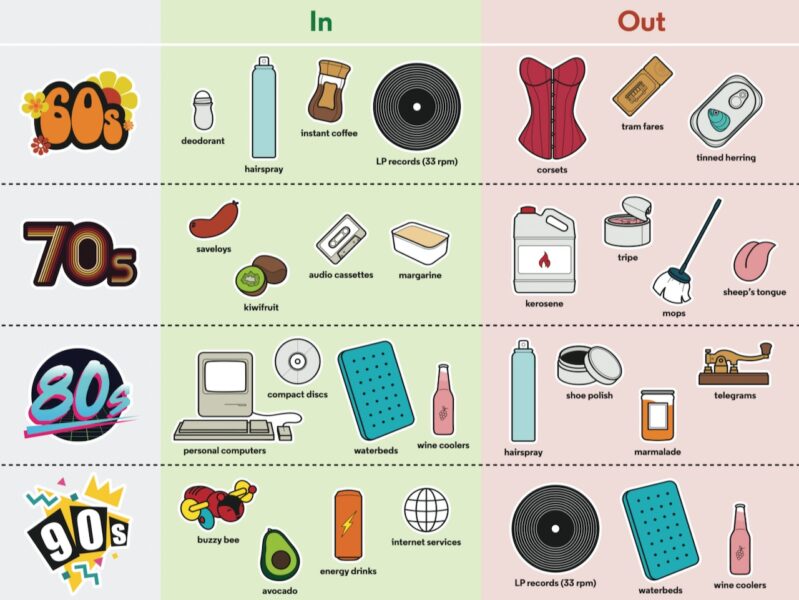
The consumers price index (CPI) basket of goods and services used to measure inflation will be updated in April 2025, says Stats NZ.

The price of groceries is the biggest financial concern for consumers, ahead of rent, mortgage rates and house prices, according to the third annual Consumer Pulse survey by research firm Canstar.
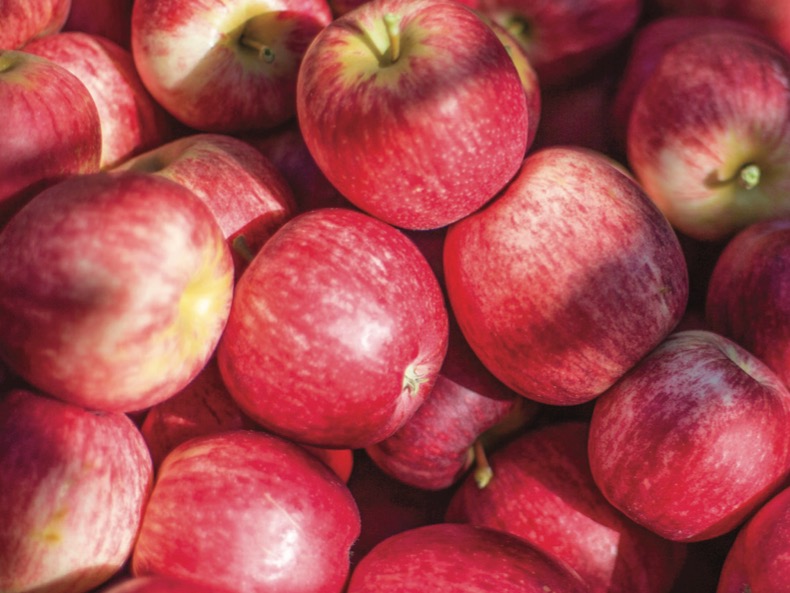
Falling fruit and vegetable prices help take the steam out of both annual and monthly food price inflation, according to Stats NZ.
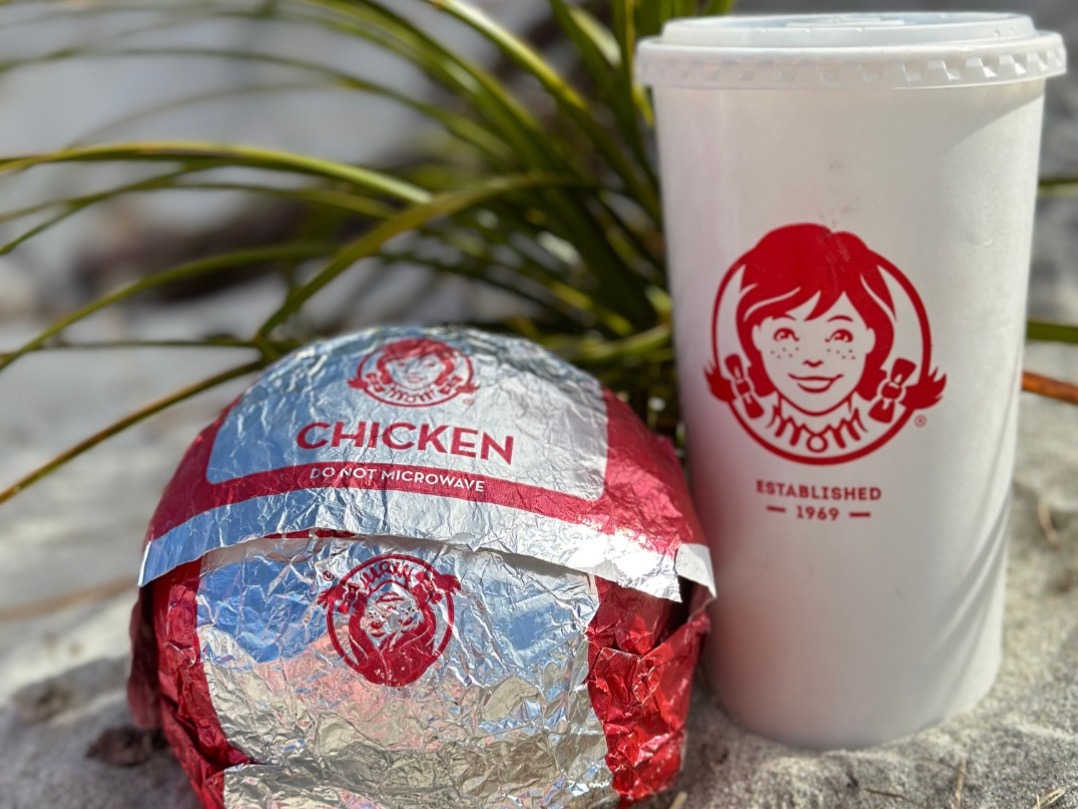
The controversy over Wendy’s pricing strategies is an example of how online word-of-mouth can distort communications and create confusion.
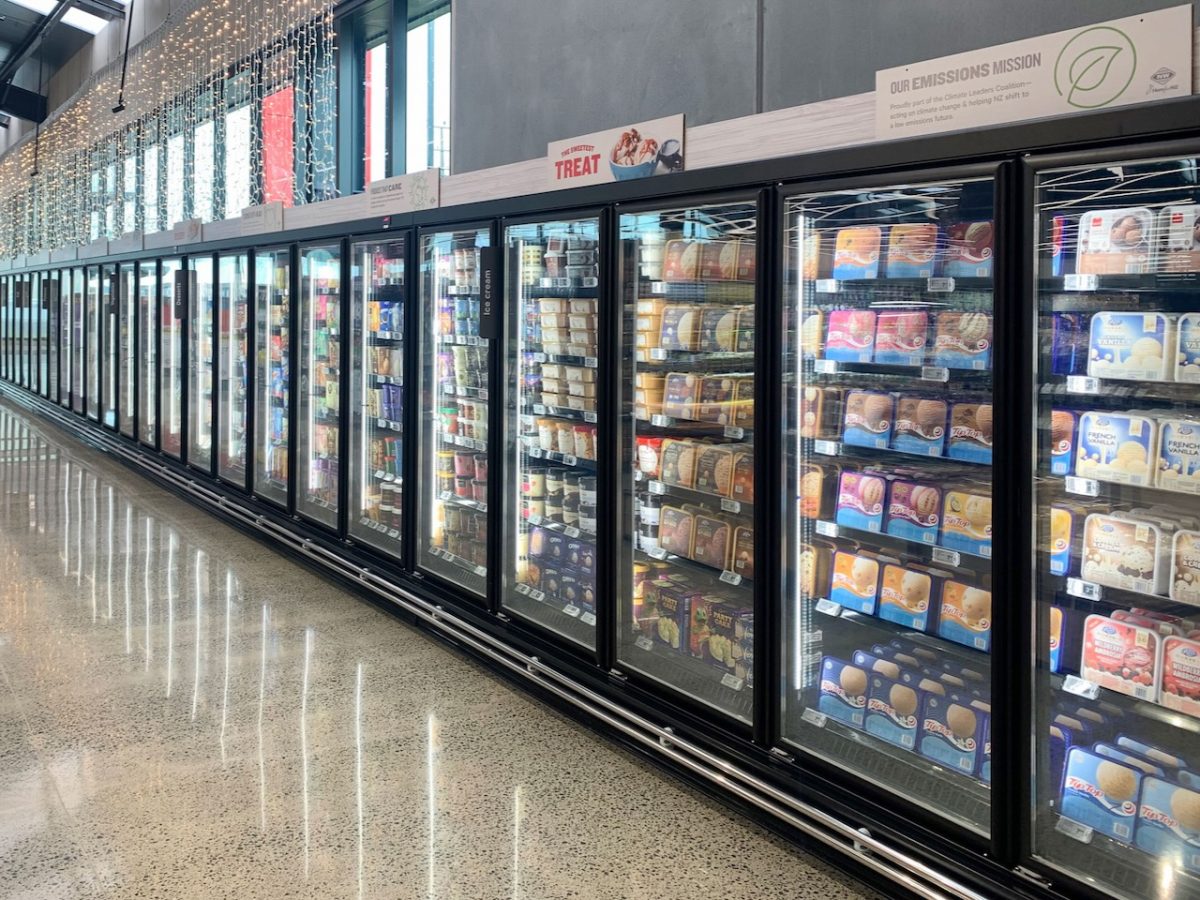
Monthly supplier cost increases were the largest since July 2023, thanks in part to frozen foods, says Infometrics.

New Zealand’s leading supermarket banners were among the most complained about businesses to the Commerce Commission last year.
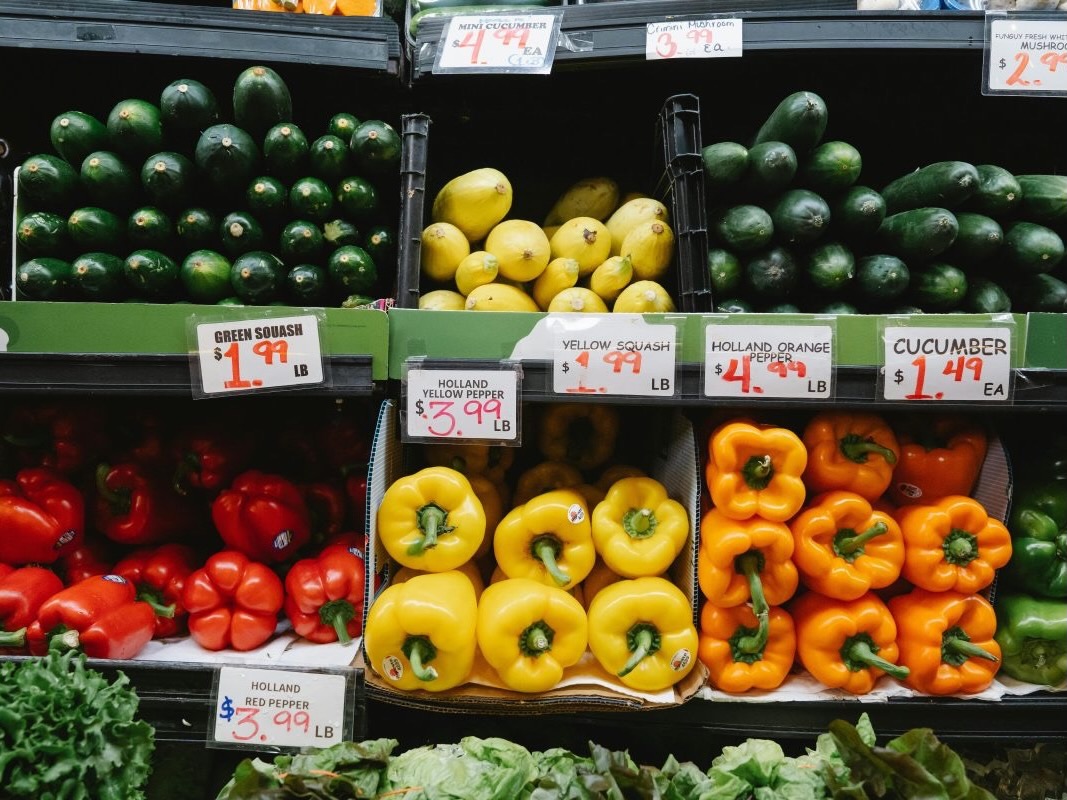
Exploring the lesser-known costs related to food is the first step toward reducing them – and the key is a method called true cost accounting.
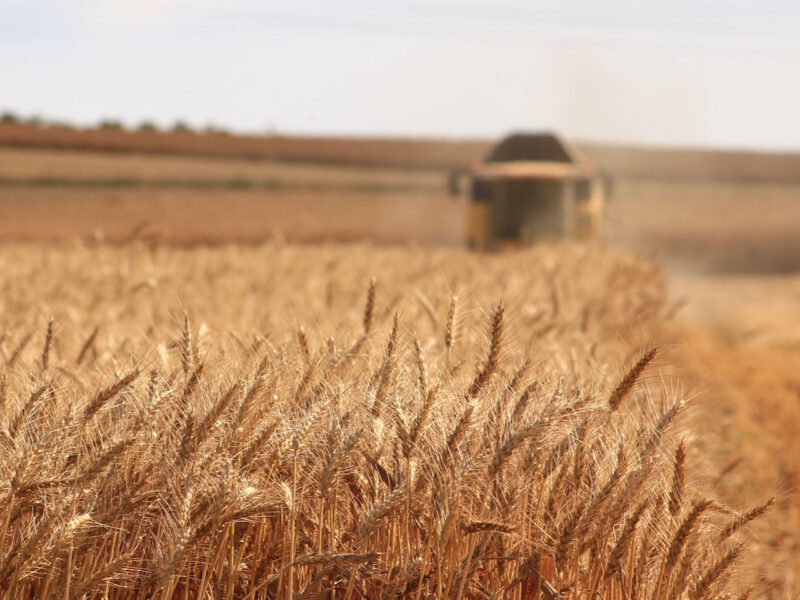
A new report putting New Zealand alongside some of the world’s poorest nations in experiencing rampant food price inflation has added to calls for a comprehensive food strategy.

Foodstuffs has started to see some container delays caused by the attacks on ships in the Red Sea, however at this stage it is not expecting serious shortages as a result.

Rising prices for boxed chocolate, milk and eggs in January contributed to the end of a five-month run of falling food prices.

Straightened economic times will lead to an increase in ‘value hacking’ behaviour by consumers across Asia Pacific, according to Euromonitor International.
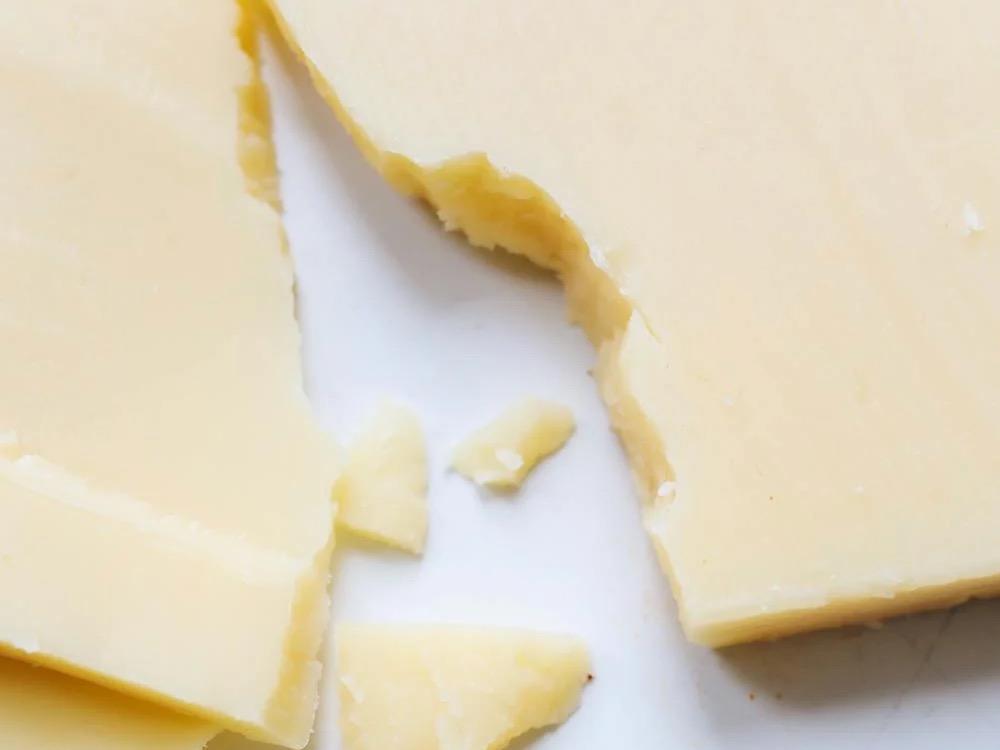
“Cost changes appear to be settling into a trend that is lower than when the most intense cost increases but still considerably higher than before inflationary pressures started taking off,” says Brad Olsen.
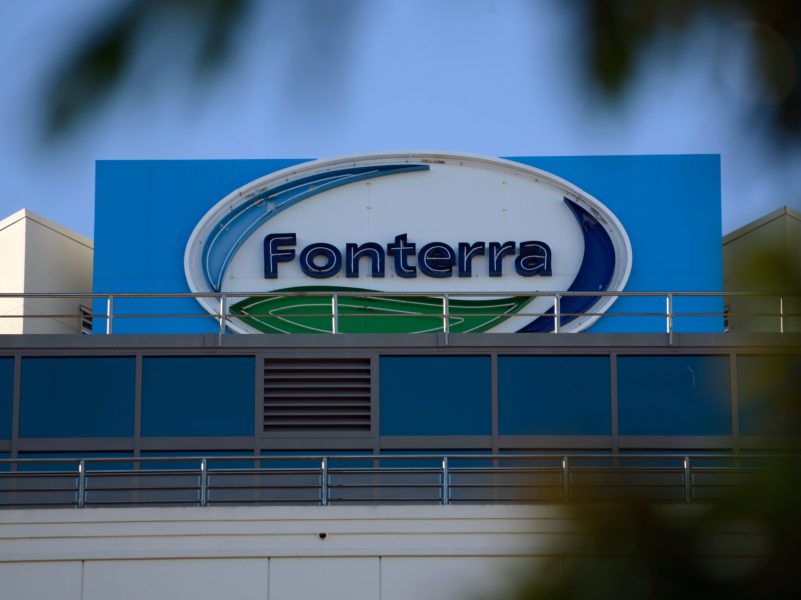
Fonterra is raising its farmgate milk price forecast range, but its forecast full-year 2024 earnings guidance of 50-65 cents a share remains unchanged.
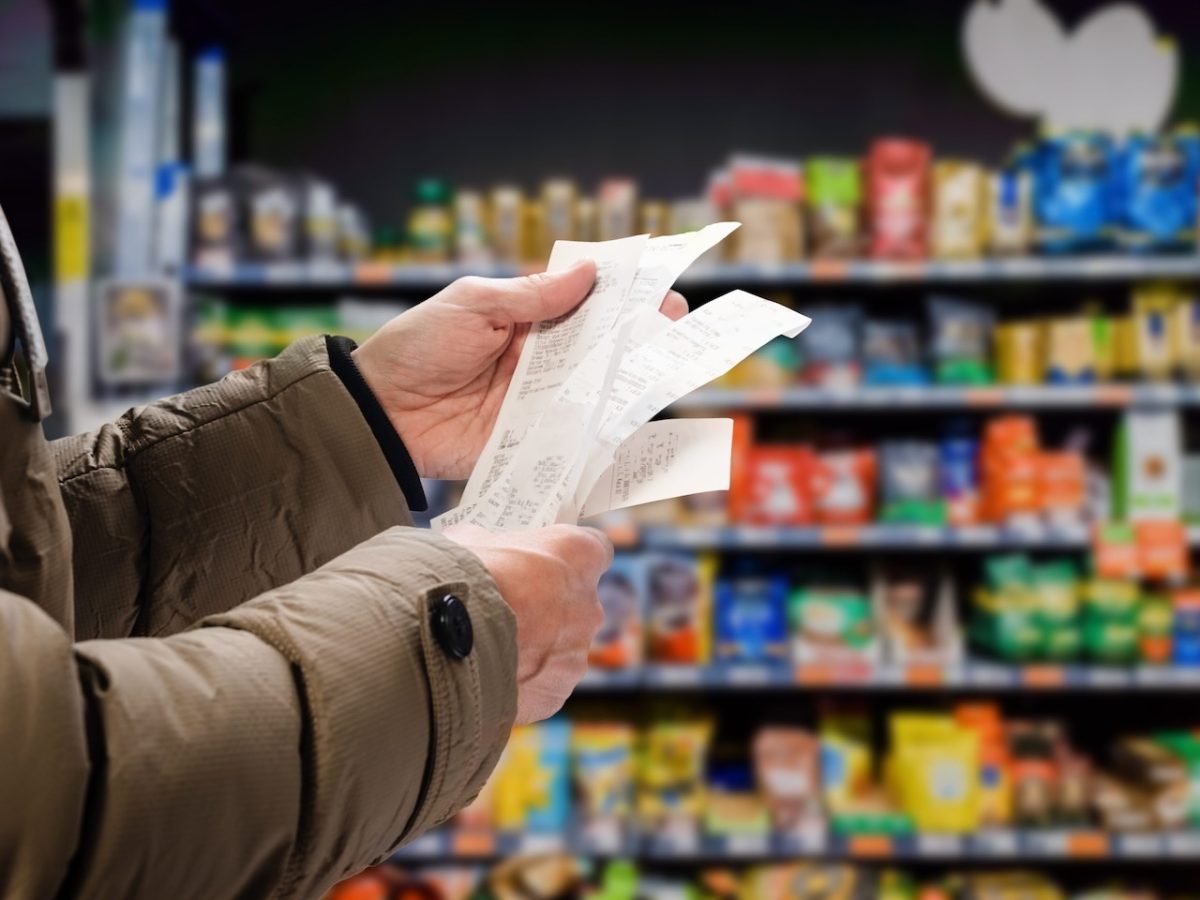
Unless the government steps up to address rising prices, too many Australians will keep struggling to put food on the table, say Deakin University researchers.
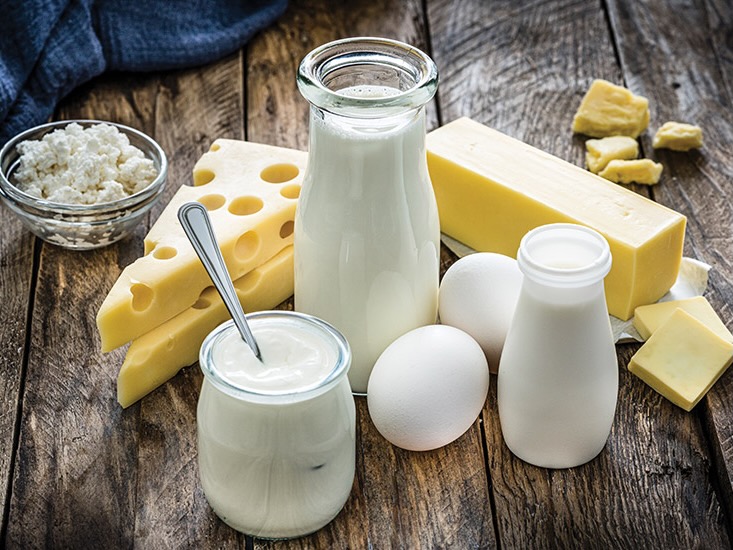
Dairy prices jumped again in the latest auction, as demand for products continues to rebound.
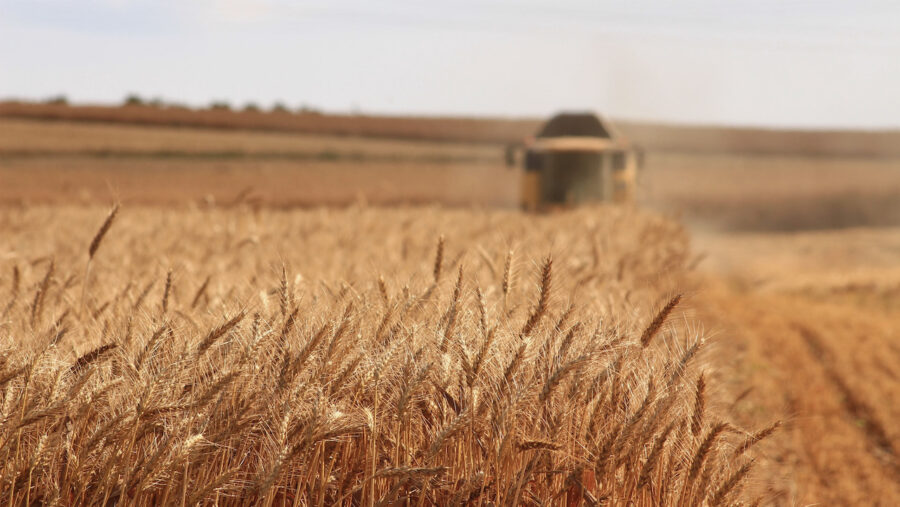
World food commodity prices fell again in January 2024 led by lower wheat and maize prices, says the Food and Agriculture Organization of the United Nations.
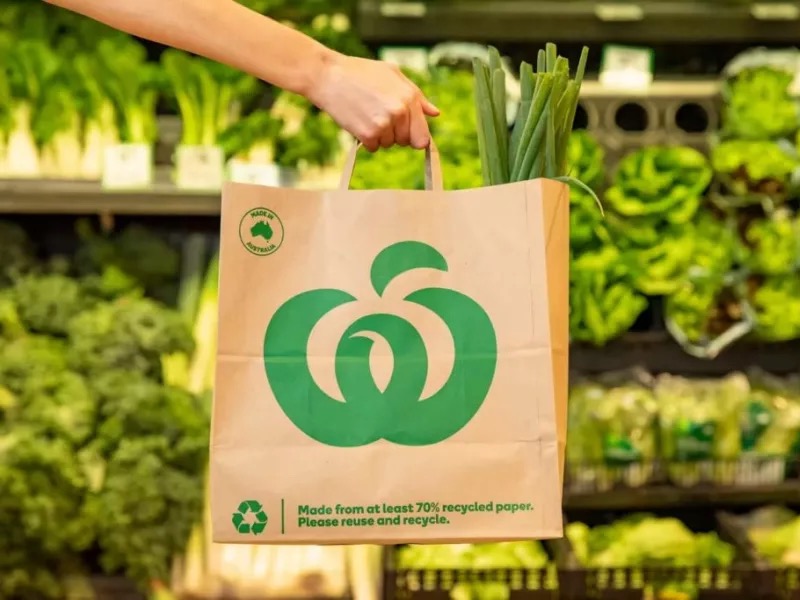
The ACCC says it will use its “full range of legal powers to conduct a detailed examination of the supermarket sector”.
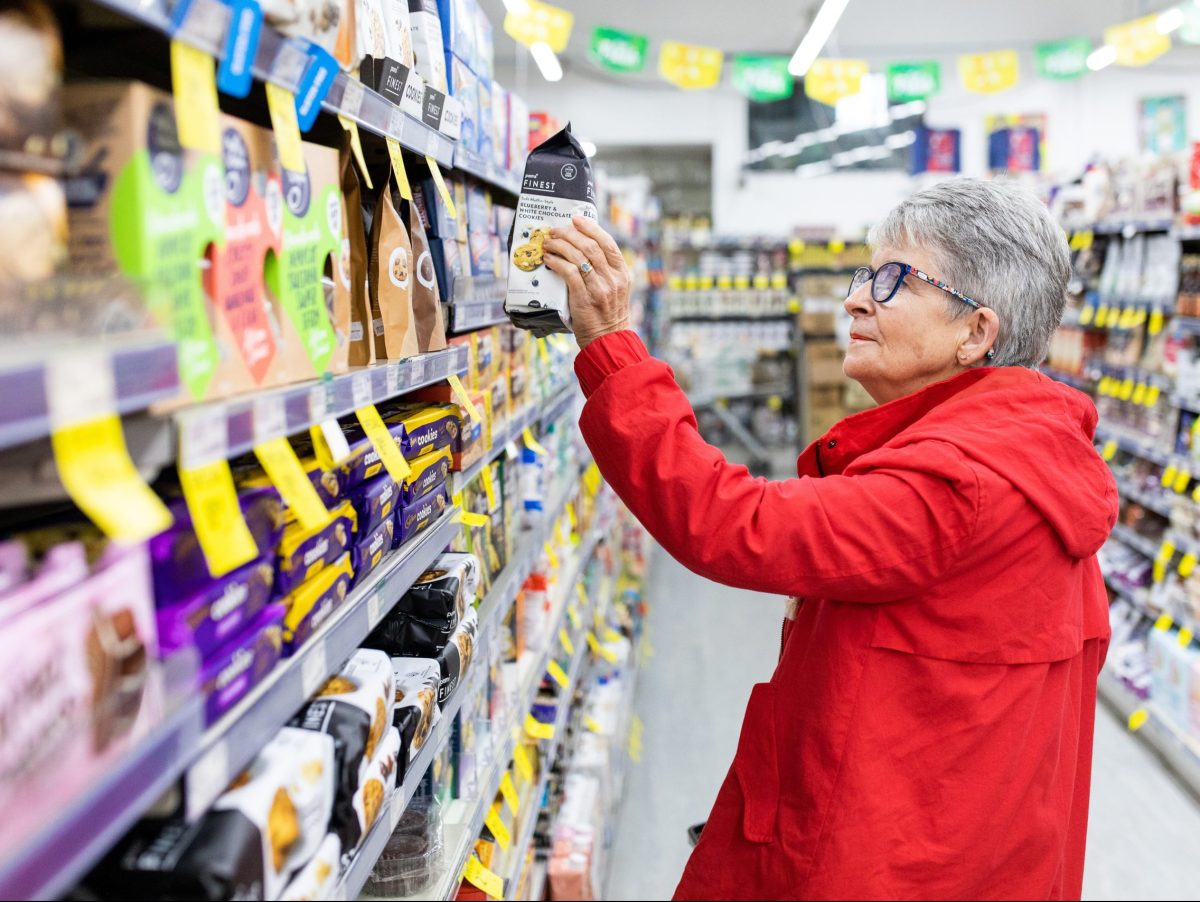
The watchdog will look at whether pricing and promotional practices at the duopoly comply with the Fair Trading Act.
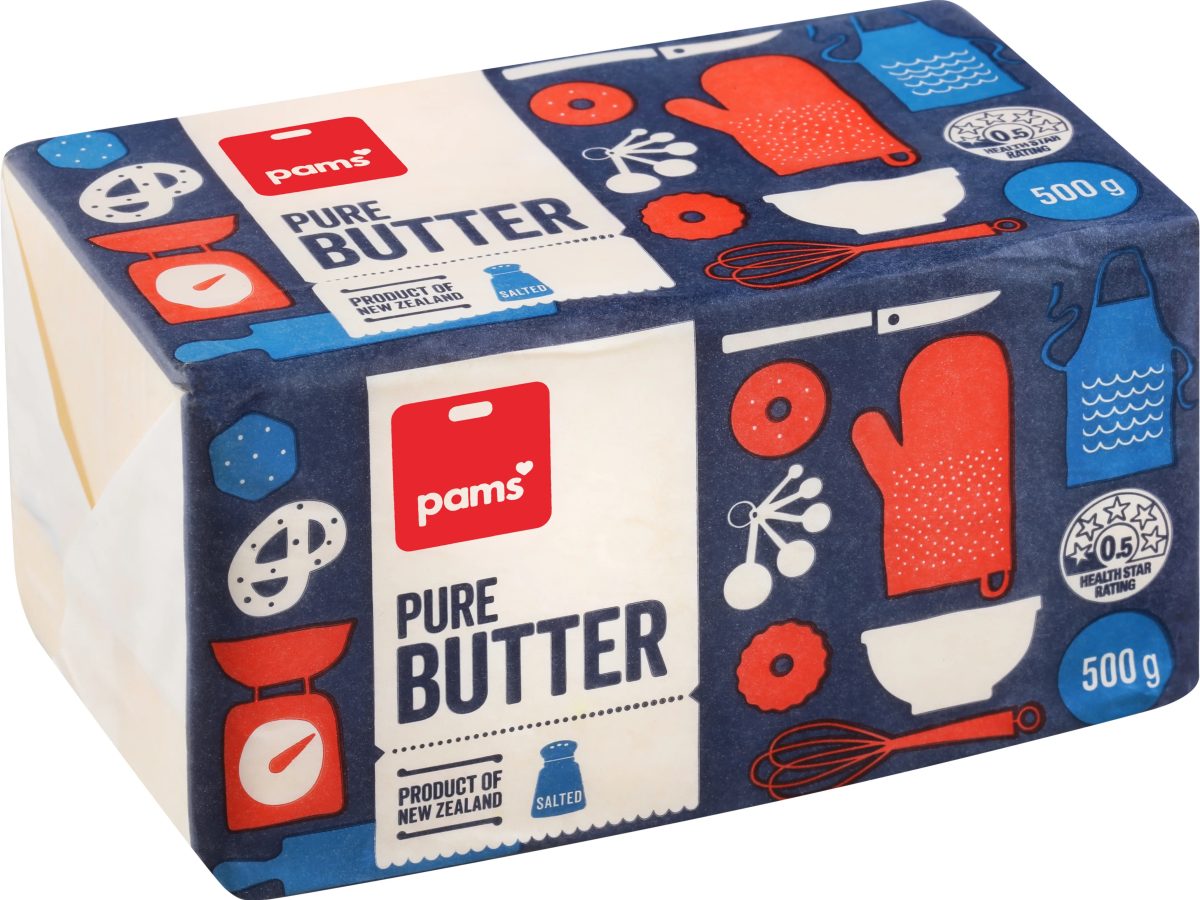
Sales of private label products jumped in December, as consumers eschewed branded products when shopping for grocery basics.

Foodstuffs has welcomed a fall in food prices at the close of 2023, but warned there was now growing potential for inflationary headwinds due to tensions in the Middle East.
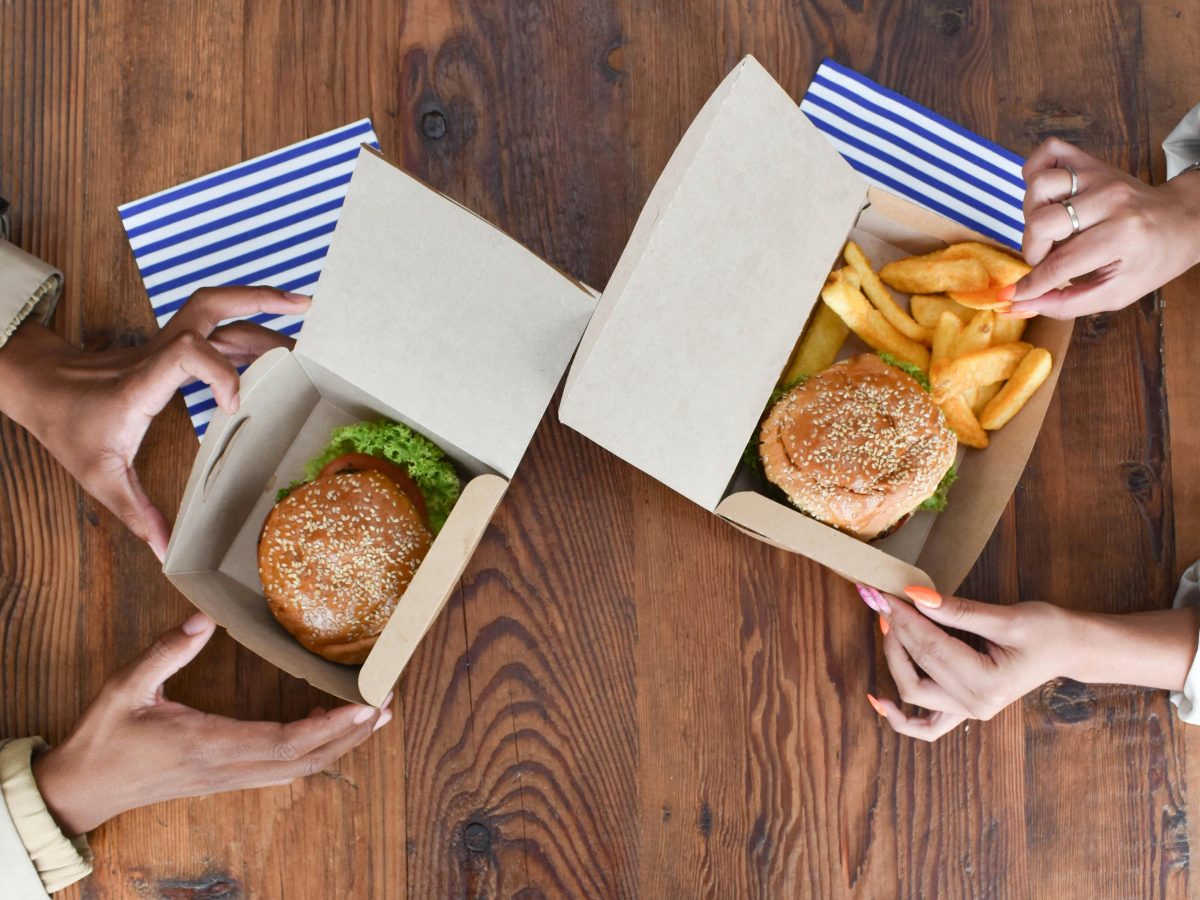
Annual food price growth in December was the lowest it has been in two years, but still rose close to 5% thanks to more expensive restaurant meals and takeaways
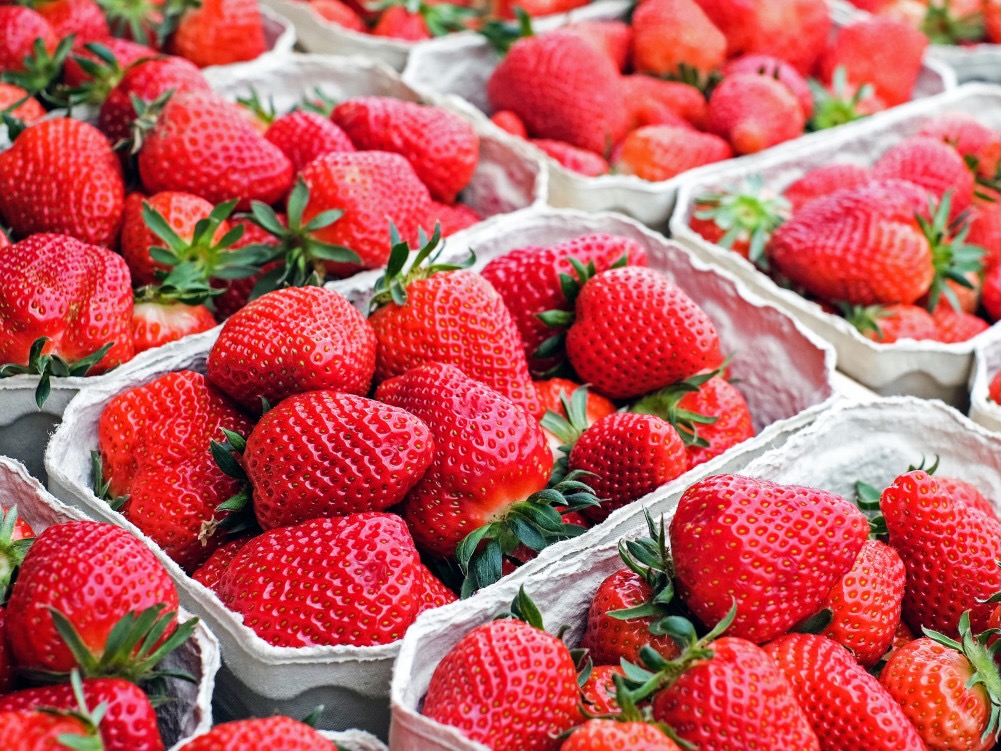
The summer moratorium kept a lid on December cost increases led by fresh produce, while the new year started with a new supply chain threat.
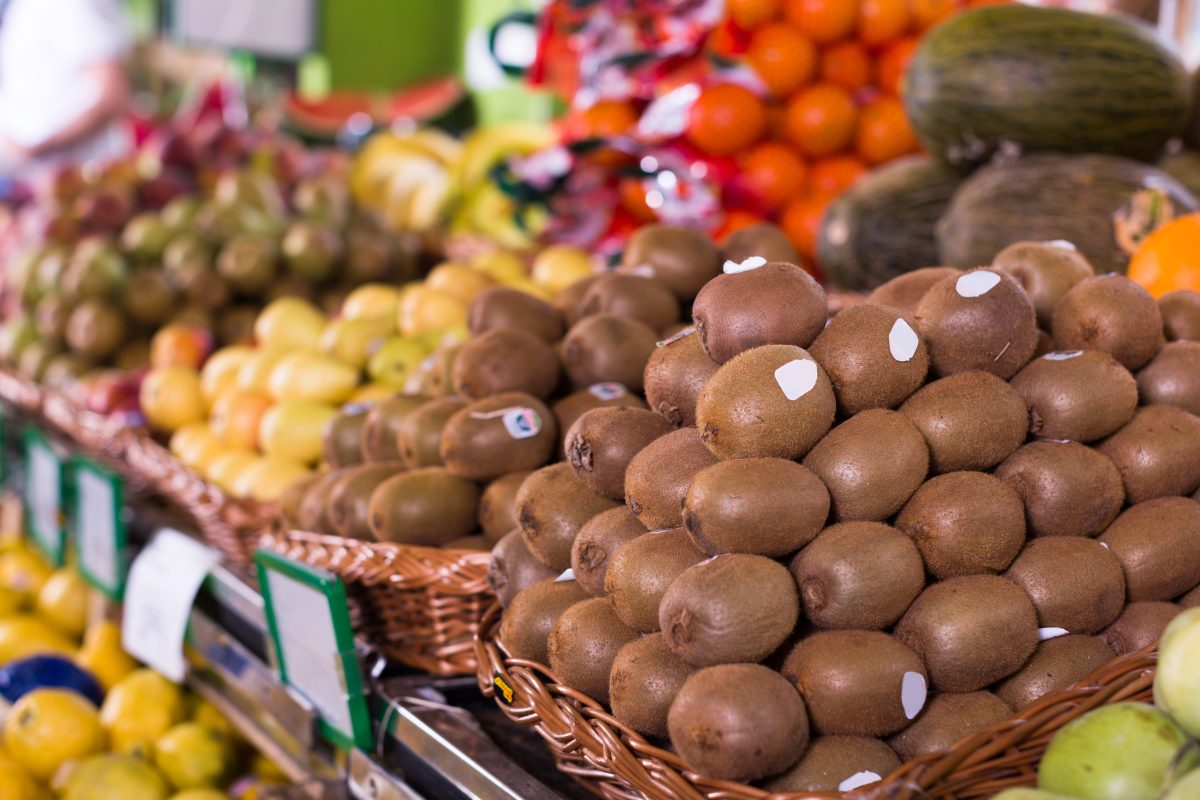
Foodstuffs’ price rises came in 4.9% in November – below the Food Price Index and the supplier costs increases they bore on a like-for-like basis.

New Zealand’s inaugural grocery commissioner has publicly challenged supermarkets to change their pricing practices this holiday season.
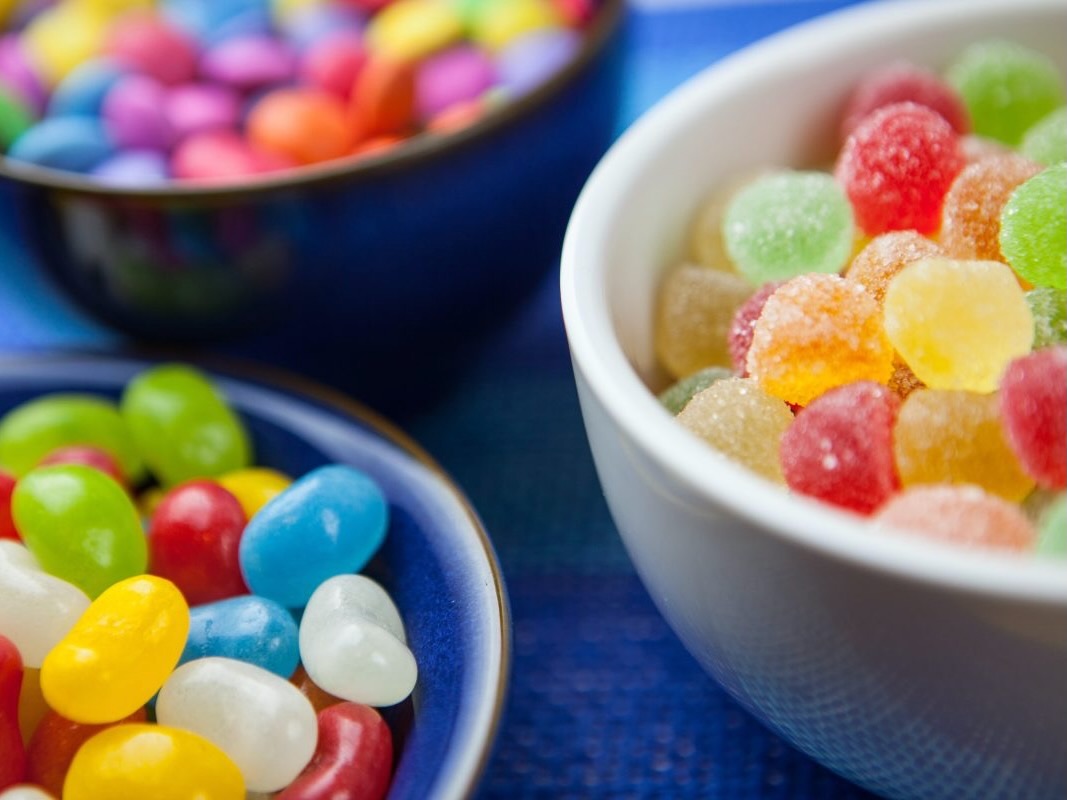
Higher prices for confectionery contributed to higher annual prices in November, although the pace of growth continues to slow.

World food commodity prices were broadly stable in November, with lower international cereal quotations offset by higher prices of vegetable oils, says the Food and Agriculture Organization of the United Nations.
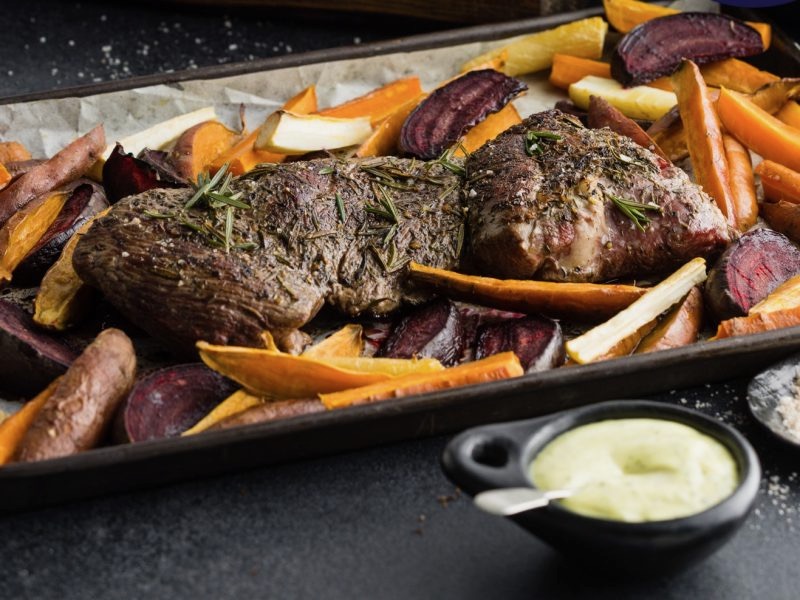
The ANZ World Commodity Price Index fell 1.3% month-on-month in November, ending the recent run of stronger prices, as food commodity prices softened.

Woolworth is adding seasonal products into its Low Price programme including whole ham cooked on the bone, some Christmas mince pies and ciabatta loaves.
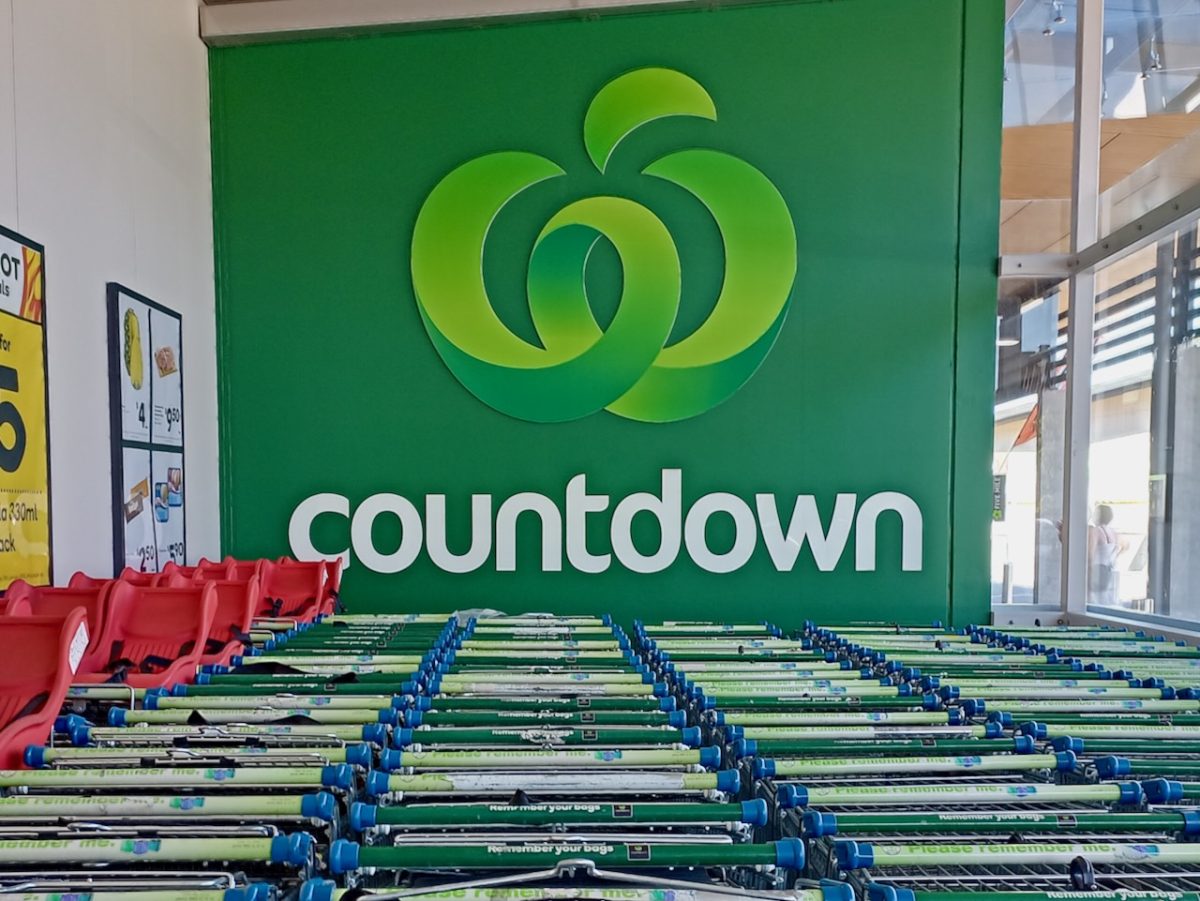
Woolworths New Zealand has converted one hundred of its supermarkets to electronic shelf labels, with Countdown Papatoetoe the latest addition.
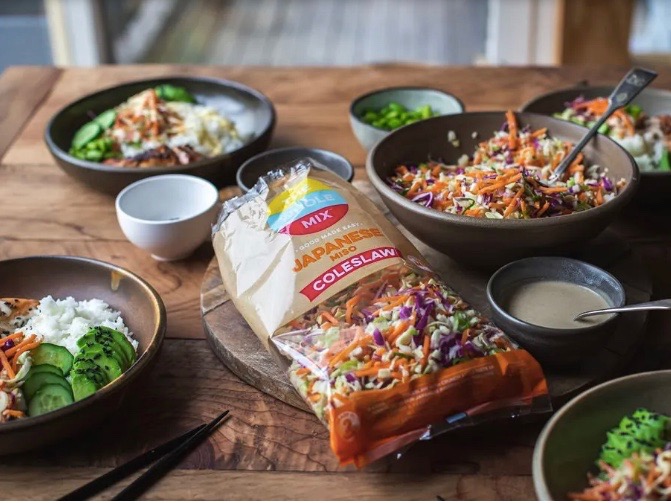
Speirs Group’s food division is moving on prices and products to help improve profitability, says executive chairman Lee Simpson.
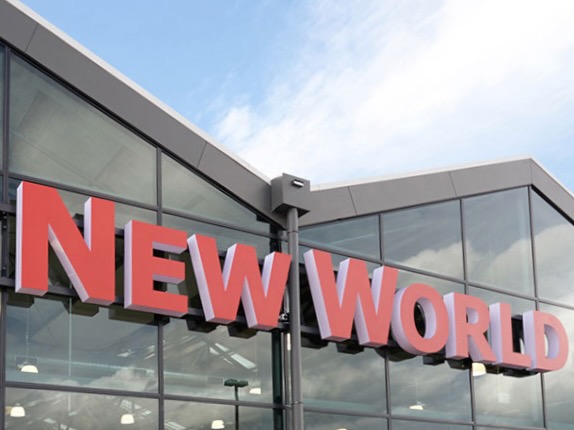
Foodstuffs’ price rises have fallen below supplier increases on the same product categories measured in the Food Price Index, after being higher than them for six months.

The increase in annual and monthly food prices continues to slow, with the latter coming in negative for the second month in a row, according to Stats NZ.
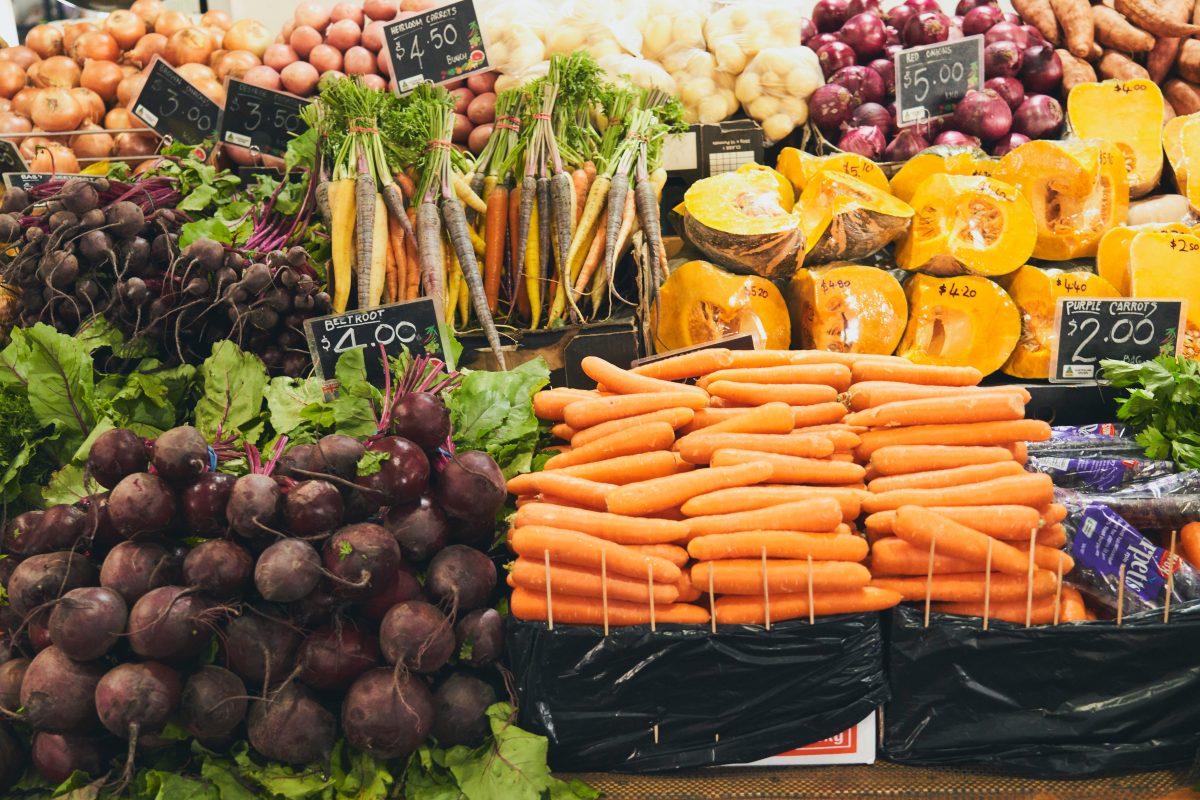
Vegetables New Zealand has welcomed lower consumer prices but is worried about future supply.
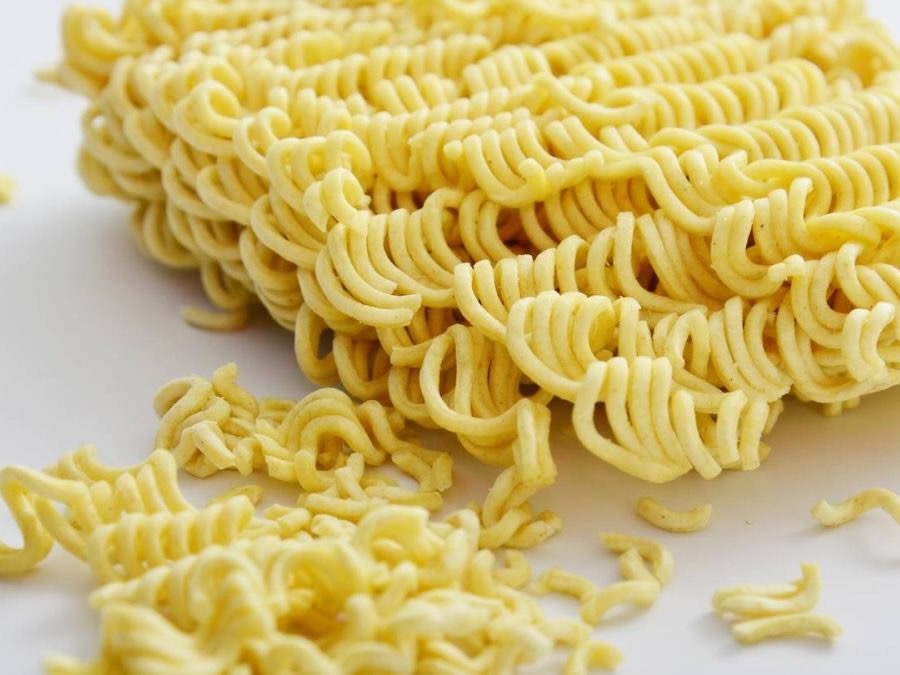
But costs remain stubbornly high, especially for grocery items like noodles, potato chips, and cooking oils.

The burgeoning grocery supplier moves on another household staple in an effort to grow sales in the sector.

Levelling the playing field for new entrants to the grocery sector is one of the top three issues on New Zealand’s inaugural grocery commissioner’s fix-it list.
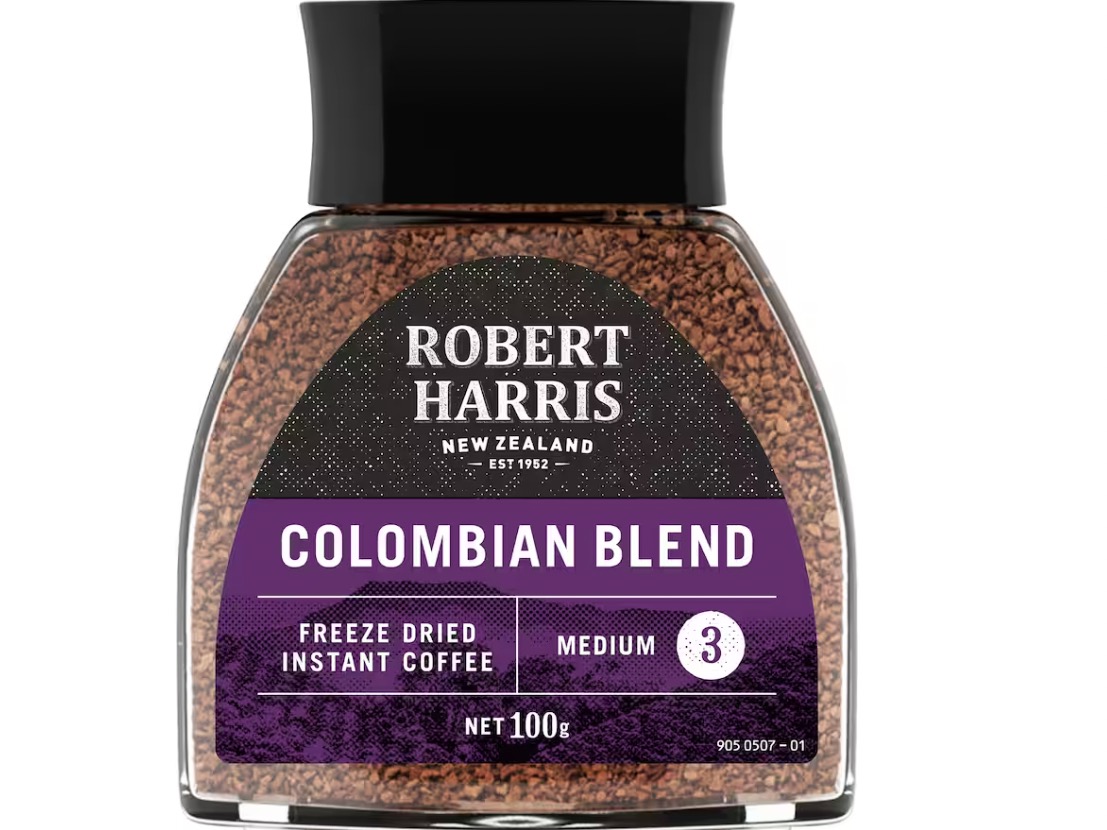
Consumer NZ found price doesn’t always equate to quality when it comes to instant coffee, after its staff blind-taste tested nine instant coffee brands.

Increasing costs and election uncertainty impacted retailers in the quarter ended 30 September 2023, according to the latest research from RetailNZ.

The Consumer Price Index rose 1.8% in the three months to September 2023, with a surge in petrol prices and the end of reduced fuel taxes contributing to the increase, according to StatsNZ.

Once a cornerstone for food retailers, brand loyalty is suffering as consumers prioritise cost savings.

Foodstuffs’ price rises were once again ahead of supplier increases on the same product categories measured in the Food Price Index, making September the sixth month running.

Monthly food prices fell 0.4% on the back of falls for fruit and vegetables, such as tomatoes, cucumbers, and lettuce.
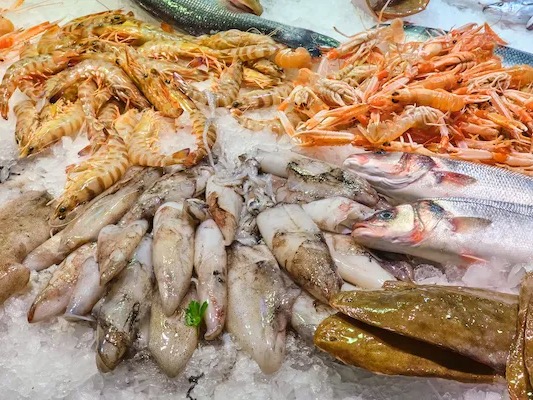
All but one department saw higher supplier costs in September compared with August, with seafood costs among the fastest increases.

Global food prices held steady in September, according to the Food and Agriculture Organization of the United Nations (FAO).

Westpac is forecasting the September 2023 quarter’s Consumer Price Index will ease slightly given lower than expected vegetable price rises.
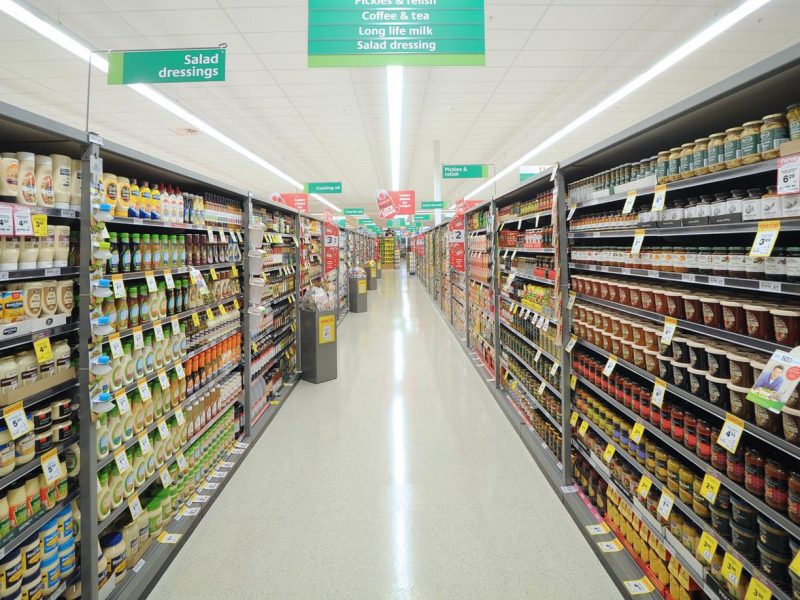
Consumer New Zealand says many items marked with supermarket loyalty card discounts could be bought for a lower price at stores not using the schemes.
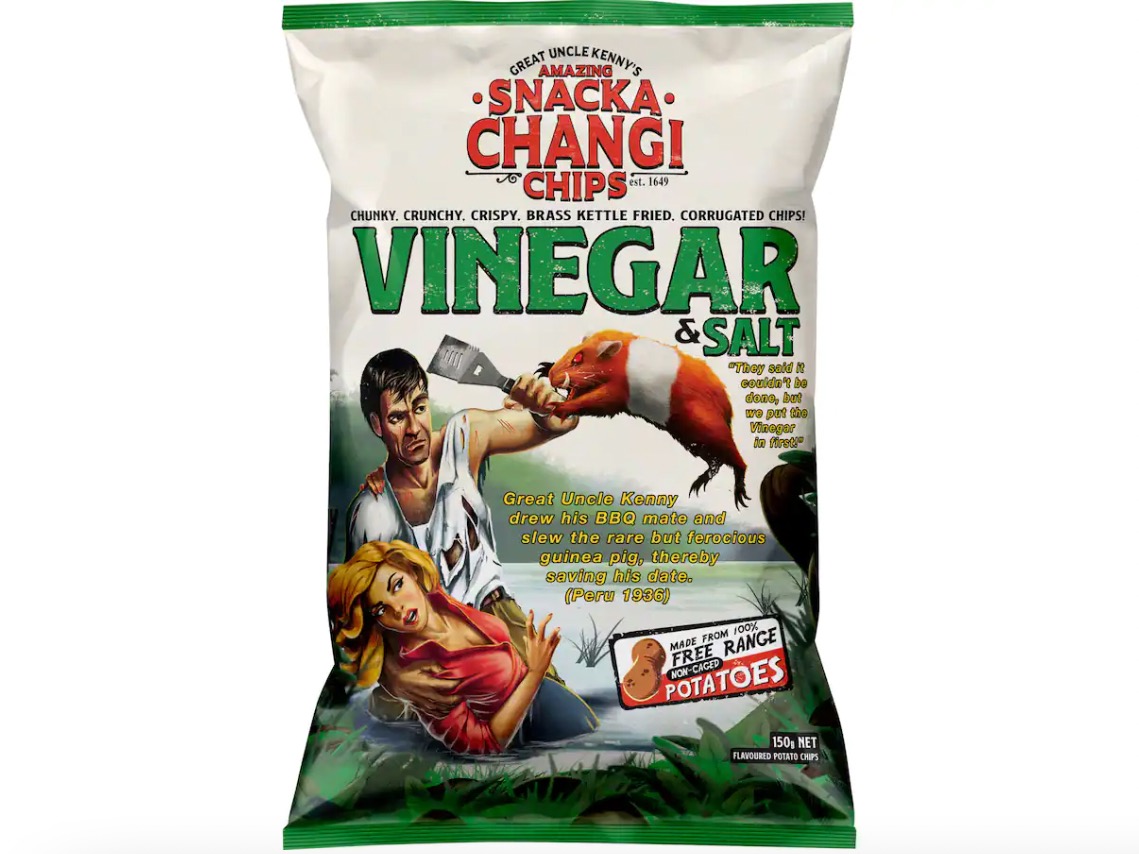
A blind sampling by Consumer NZ staff of nine varieties of salt and vinegar chips commonly available from Foodstuffs and Woolworths stores resulted in a tie for first place.

The 9.8% growth in sales reported in quarter two hospitality data from Stats NZ should be read with caution, as it masks significant challenged faced by the sector, according to the Restaurant Association.
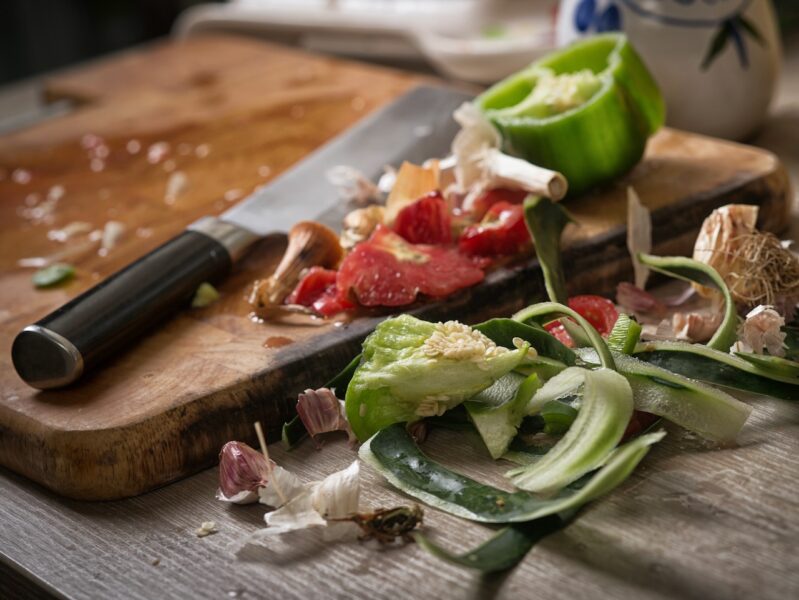
New Zealand’s annual food waste bill has risen to $3.2bn on the back of rising food prices, even though the amount of food being discarded has gone down.

Woolworths has launched a new ‘Low Price’ campaign at Countdown.

Foodstuffs’ price rises were ahead of supplier increases for the fifth month running, but remain consistently below FPI.
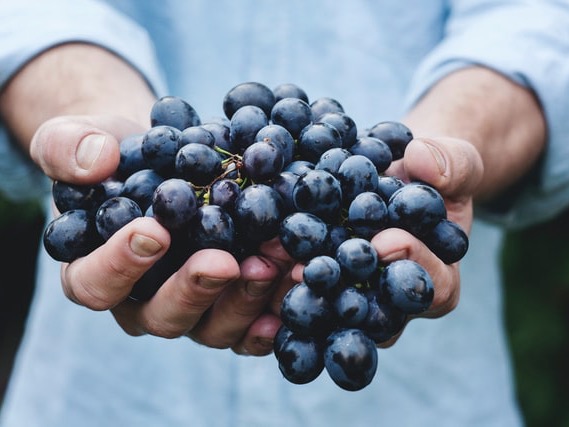
Fruit and vegetables such as grapes, tomatoes, cucumbers, and nectarines contributed to a rise in monthly prices in August, after a contraction in July.
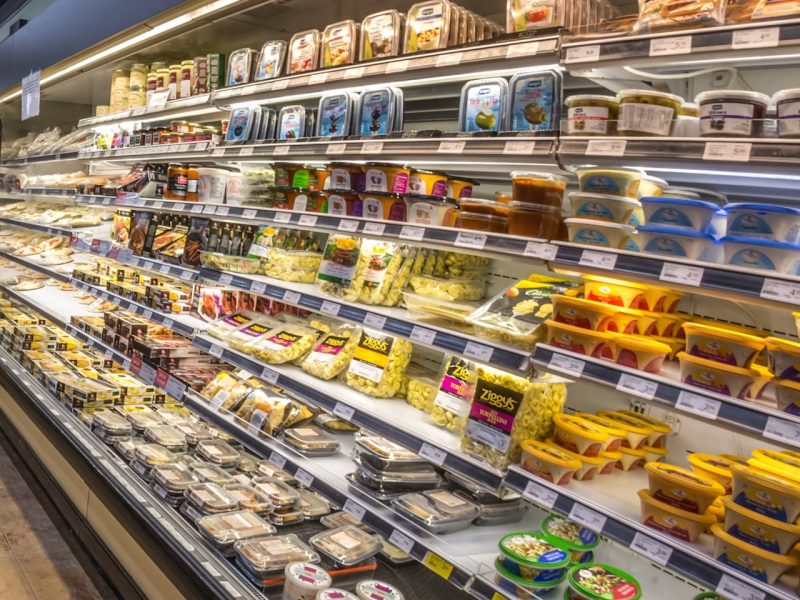
New entrants to and online competitors in New Zealand’s $22bn grocery sector have been given extra leeway to comply with new unit pricing following consultation on the draft regulations.
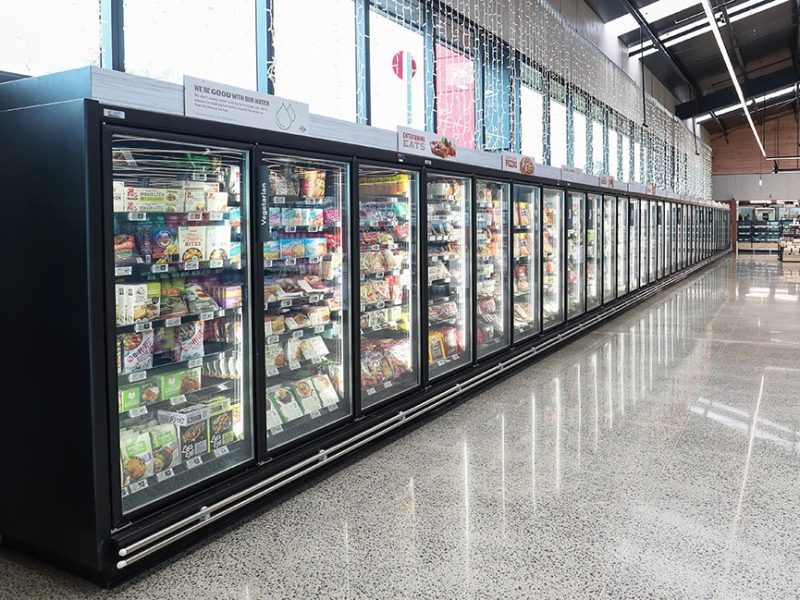
The recent monthly supplier price increase trend – driven by frozen in August – could be the harbinger of a ‘new normal’ when it comes to food pricing, according to Infometrics.

International food commodity prices declined in August 2023, led by staples other than rice and sugar, according to the Food and Agriculture Organization of the United Nations (FAO).
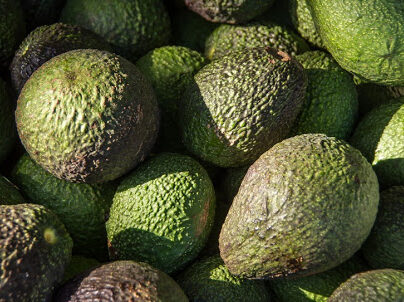
Annual food prices are still moving up but monthly growth turns negative for the first time since 2021, with avocados, oranges and tomatoes helping the cause.
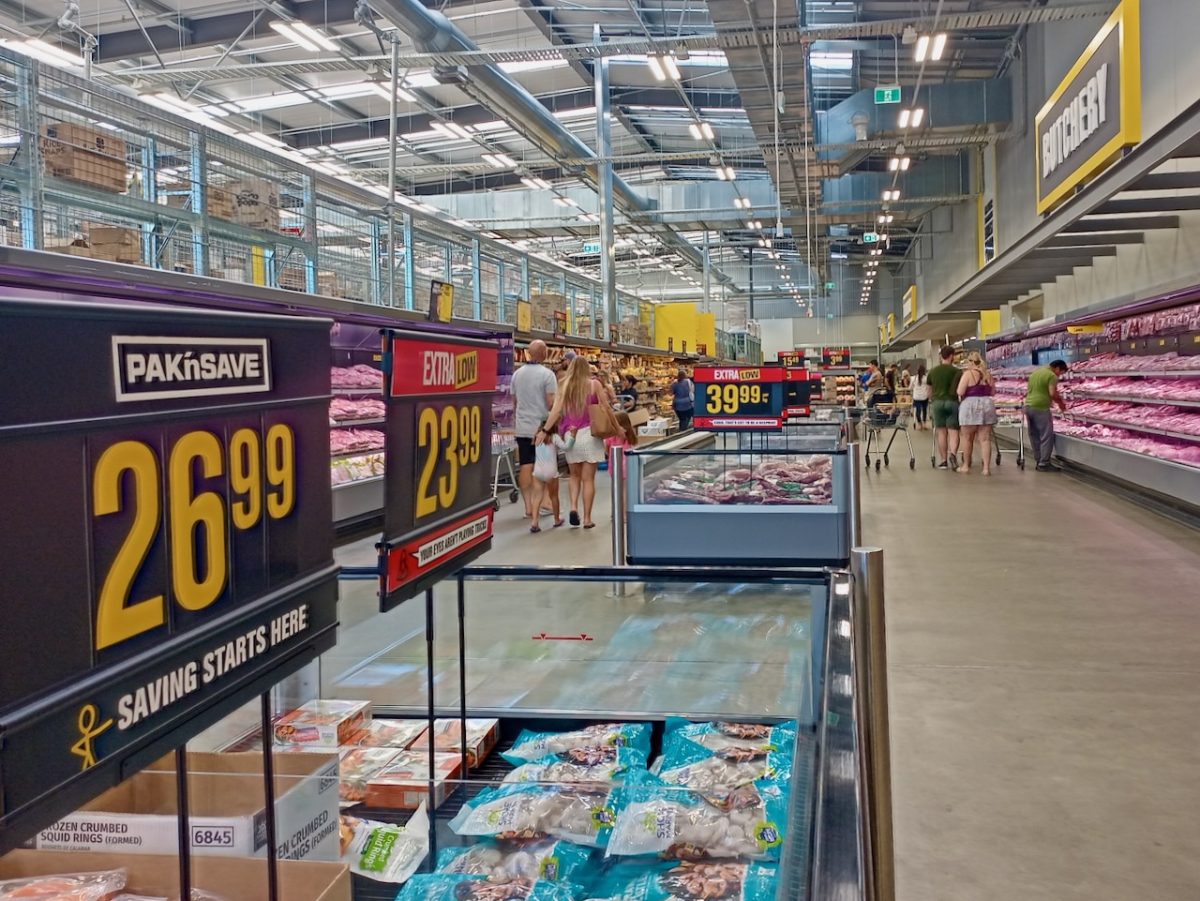
Foodstuffs’ price increases were ahead of supplier increases on the same product categories measured in the Food Price Index in June 2023 for the fourth month running.

Synlait Milk has reduced its forecast base milk price for the 2023 / 2024 season to $7 per kg of milk solids from $8/kgMS.
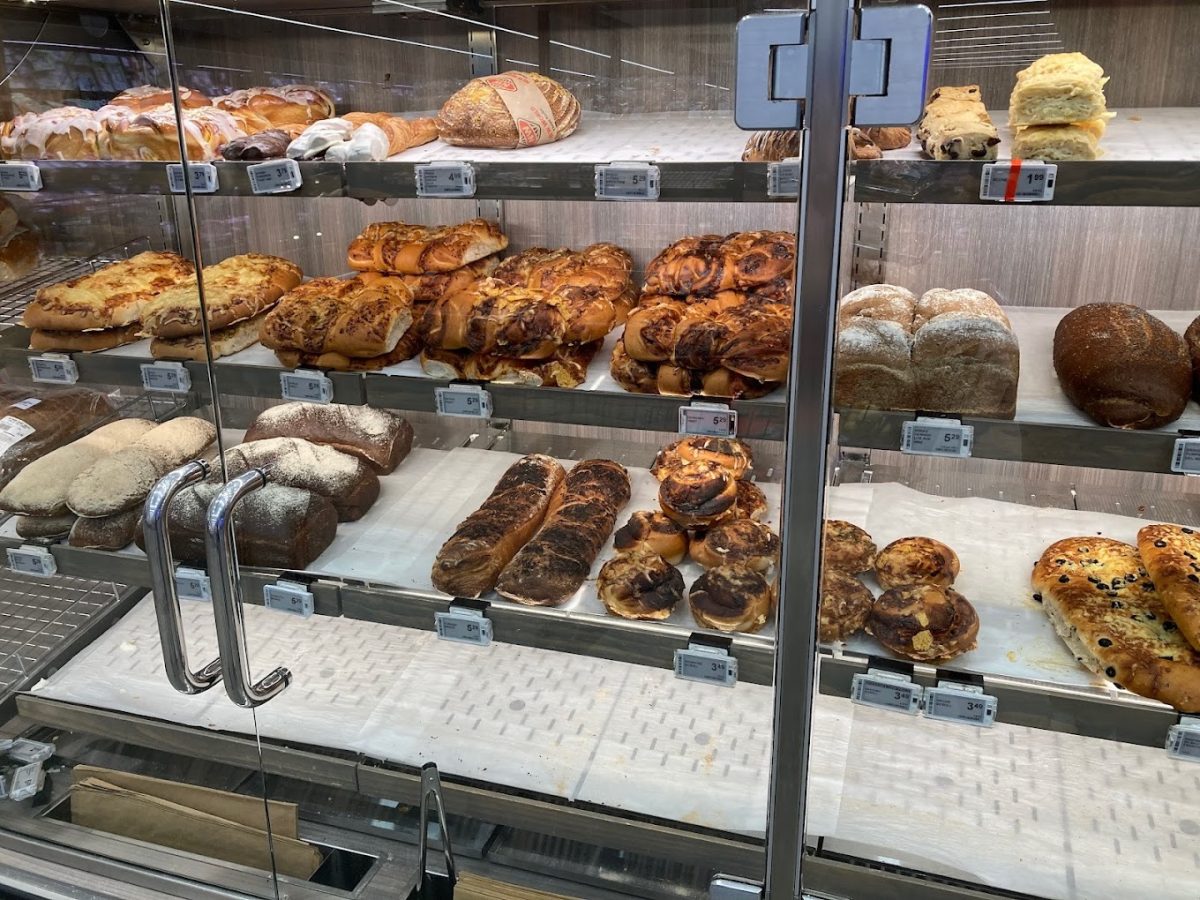
Bakery saw the largest month-on-month increase in costs in July, which saw a spike in monthly price hikes by suppliers as input pressures persist.

The consumer advocate asks the watchdog to investigate Woolworths and Foodstuffs for potential breaches of the Fair Trading Act.

New regulations requiring grocery retailers to consistently and clearly display pricing by weight, volume or number are coming into effect at the end of August.

Nelson’s Sprig + Fern Brewing Co says it will not put prices up despite the government’s recent increase in alcohol excise tax.

The cost of living for the average household increased by 7.2% in the 12 months to June 2023, according to Stats NZ.

The watchdog fires off warning letters after uncovering potentially anti-competitive conduct towards Ben Nathan’s now closed online retailer, The Honest Grocer.
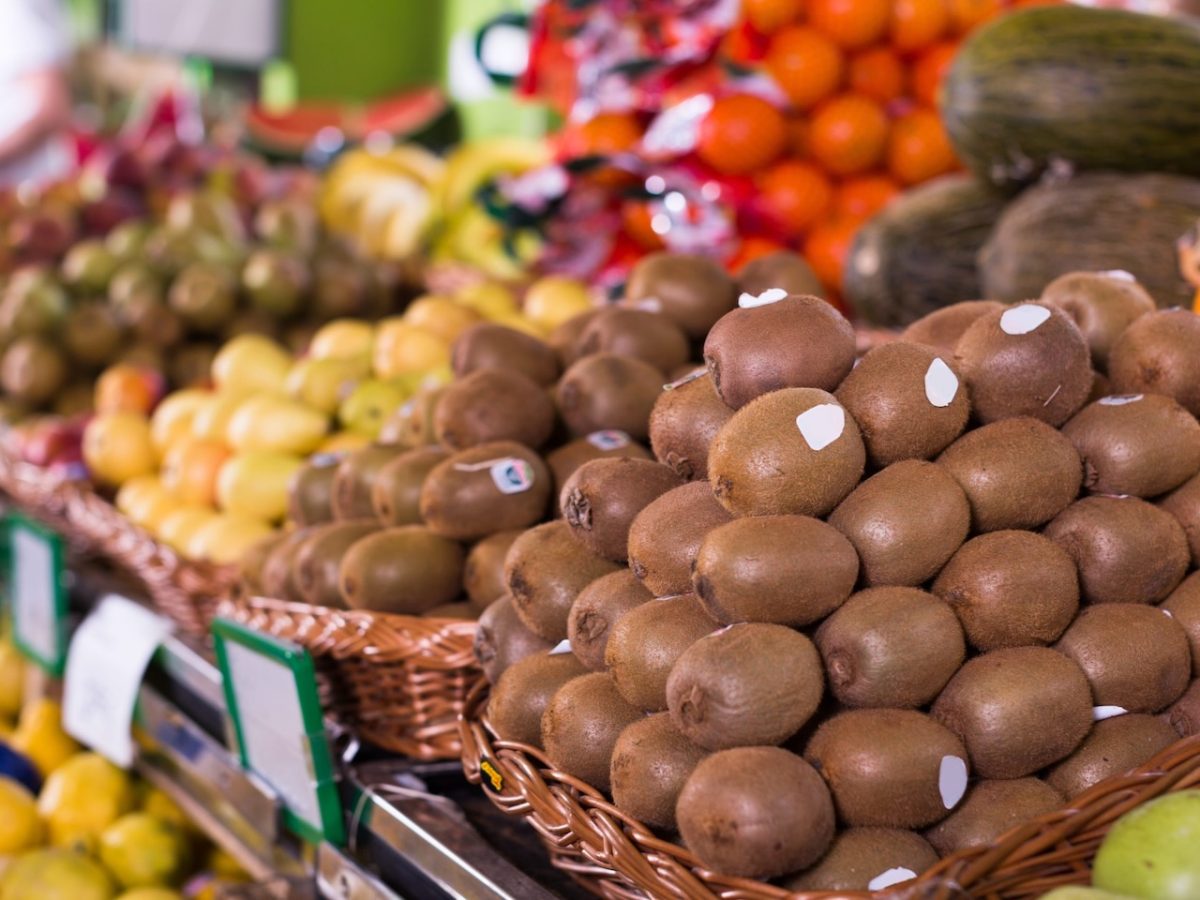
Food was the largest contributor to the June 2023 annual inflation rate, which has come down from the eye-watering rates of last year, but is still high.
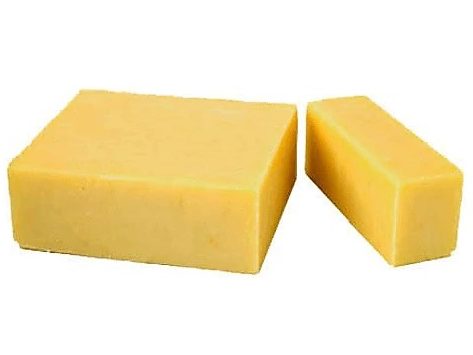
Annual food prices inflation is climbing again, rising to 12.5% in June 2023 after a month of floating closer to 12%.
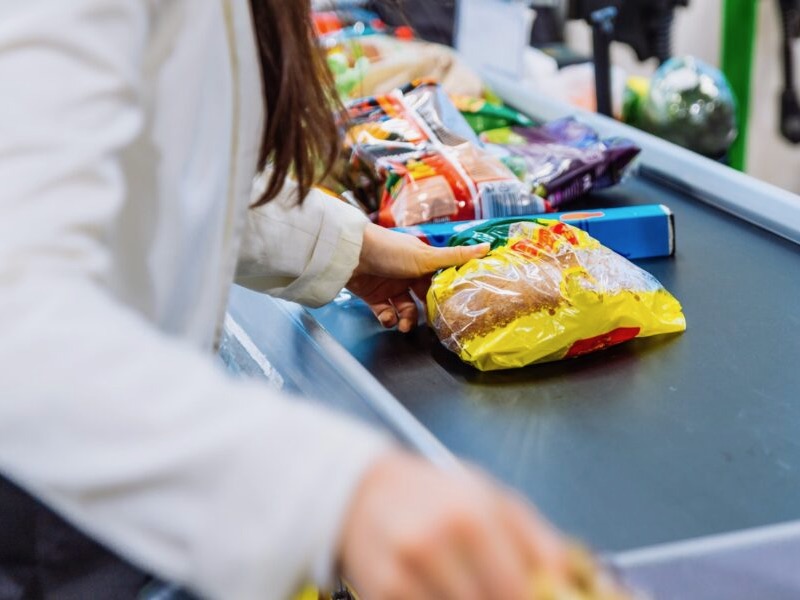
Foodstuffs’ price increases were ahead of supplier increases on the same product categories measured in the Food Price Index in June for the third month running.
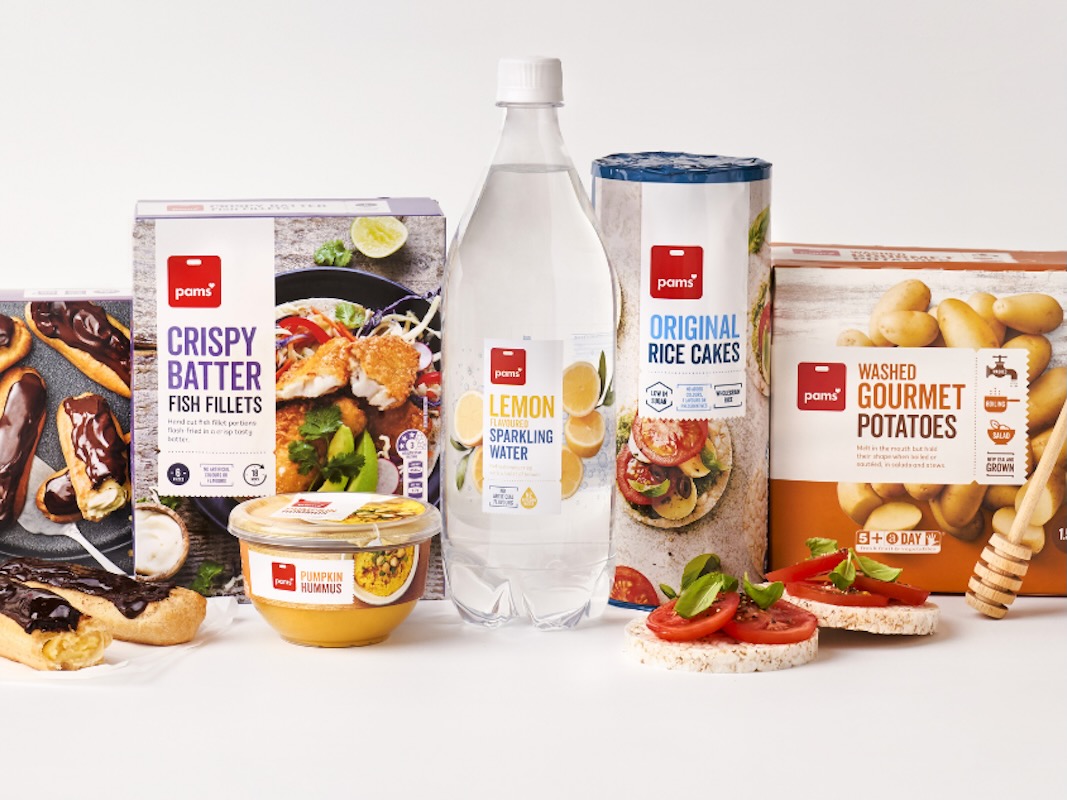
Foodstuffs North Island’s wholesale foodservice distributor, Gilmours, also saw a strong FY23.

Bakery costs rose the most month-on-month, with larger rises than previously reported in chilled foods and grocery too, according to Infometrics.

The benchmark index of international food commodity prices declined again in June, led by price decreases for all major cereals and most types of vegetable oils, according to the Food and Agriculture Organization of the United Nations.
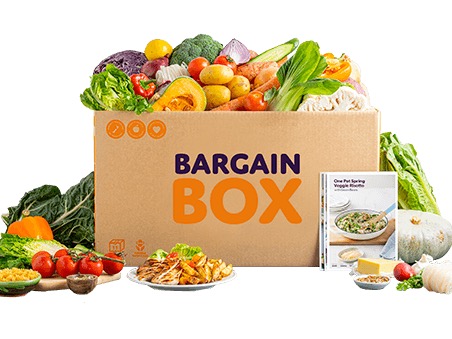
One in five meal-kit customers say they believe they receive better value for money than if they had purchased their meals through the supermarkets, according to research by Canstar.
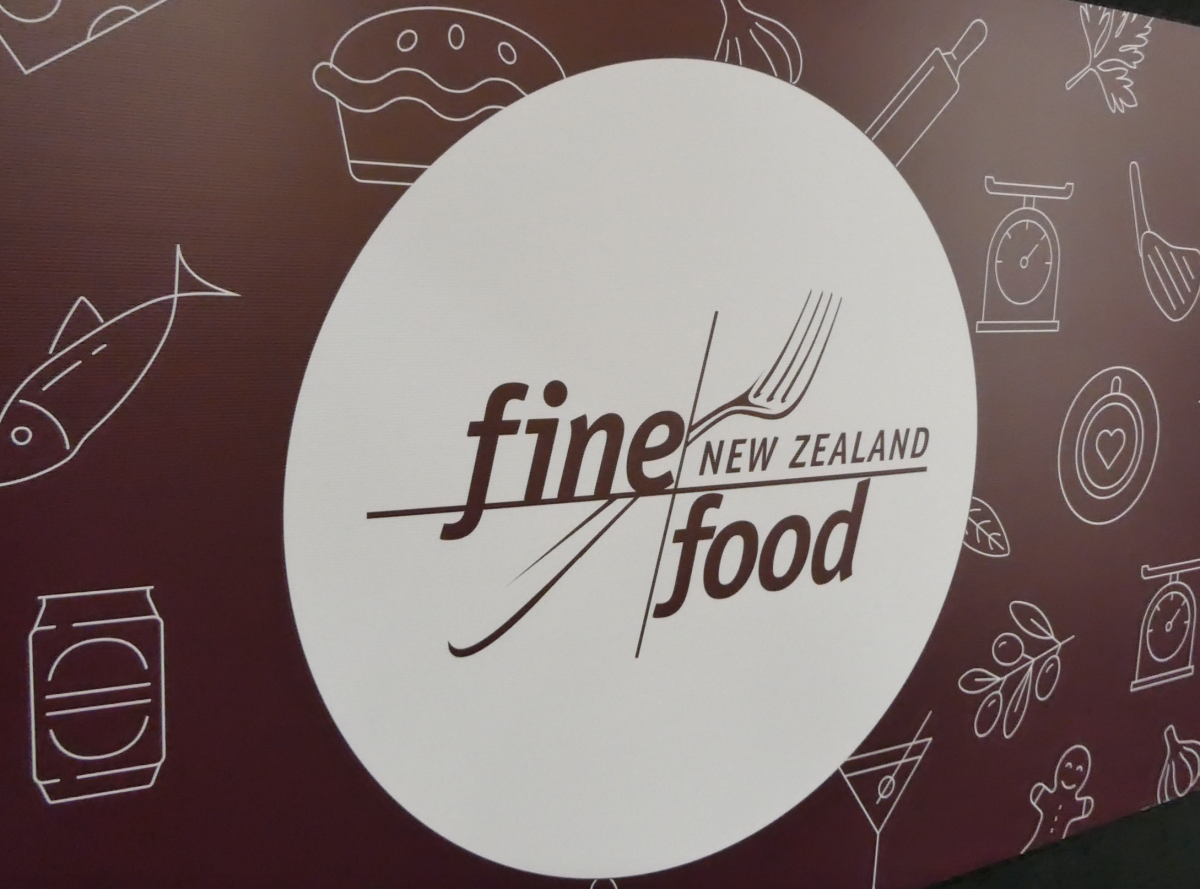
New Zealand’s leading foodservice distributors are bracing for a downturn in business, but despite worsening economic conditions are not feeling the squeeze yet.
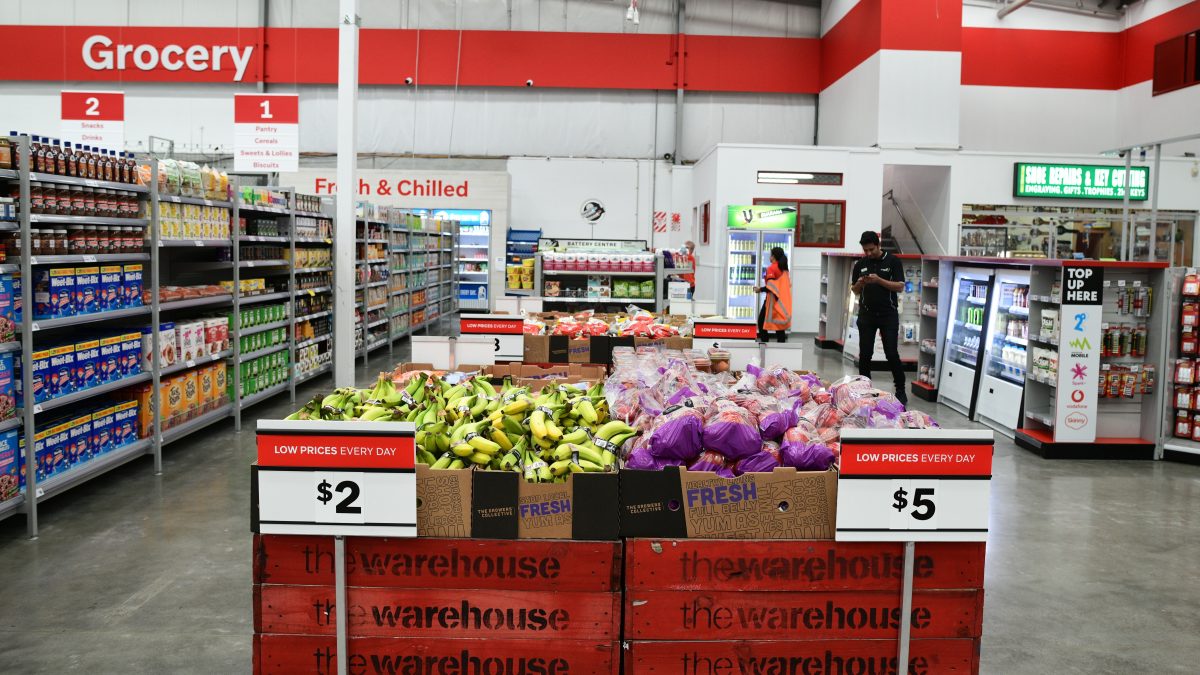
The Warehouse is expanding its fresh fruit and vegetable trial to a further five stores and three new regions.
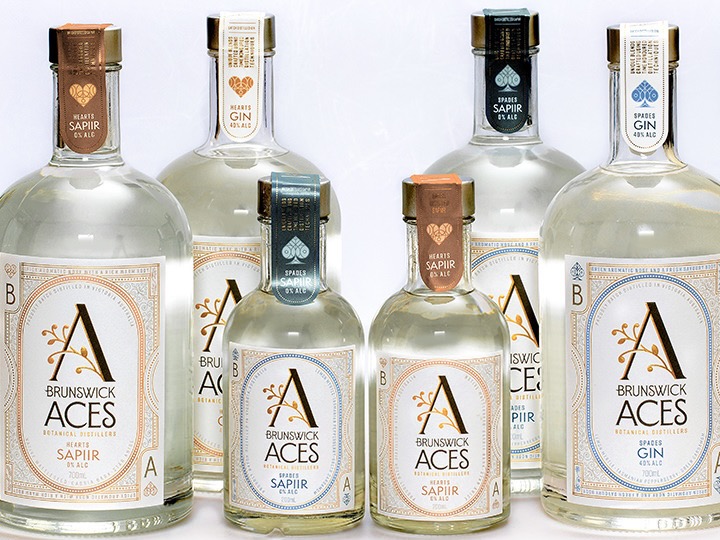
The Australian distiller is cutting prices for consumers while increasing margin for its on and off-premises partners in the pursuit of global growth in a stratifying sector.

When it comes to F&B, what is the most important – brand, taste or price? Four beverage experts including Karma’s Chris Morrison give their views.

Subscribe now to enjoy unlimited access to Food Ticker, New Zealand’s new food and beverage industry trade daily. Thank you for visiting Food Ticker. Click here for our subscription packages. We MORE »

The main drivers of food price inflation may have peaked, according to Foodstuffs North Island boss Chris Quin.
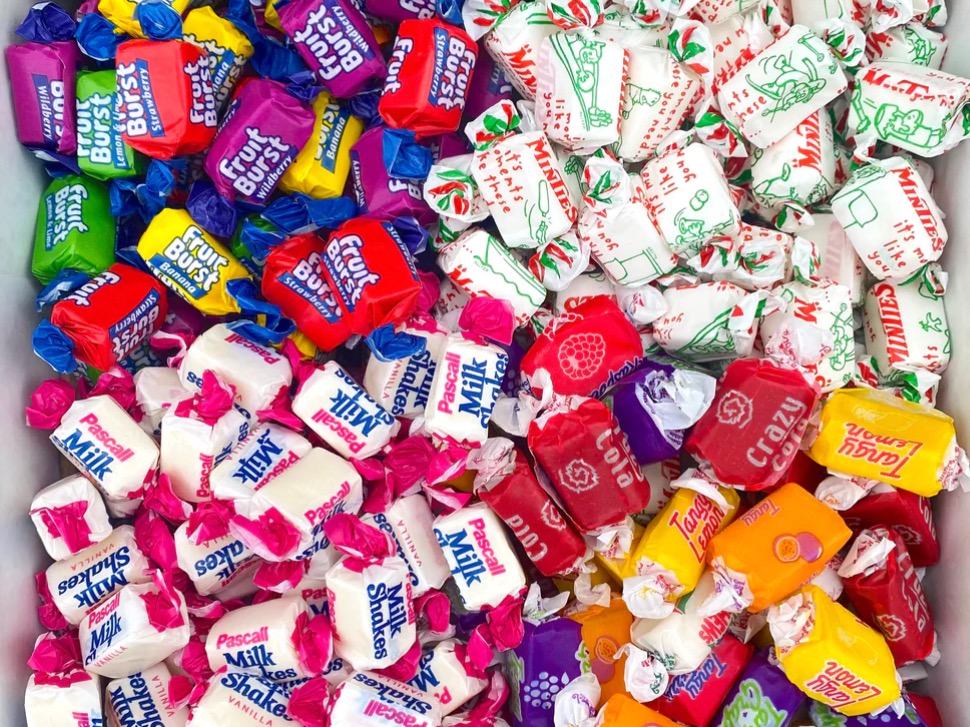
Food price inflation remains above 12% in May, although dips away from April’s high of 12.5%.

“Frozen goods, produce, and grocery departments saw the largest monthly movements, with a variety of products seeing larger increases,” says Infometrics.
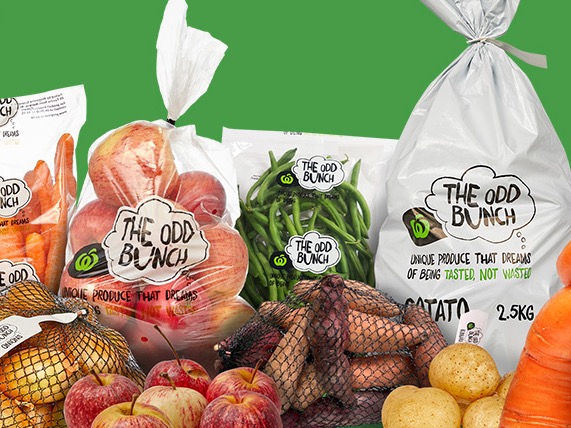
Countdown has committed to pricing its Odd Bunch range at least 20% lower than the standard shelf price of comparable fruit and veg.
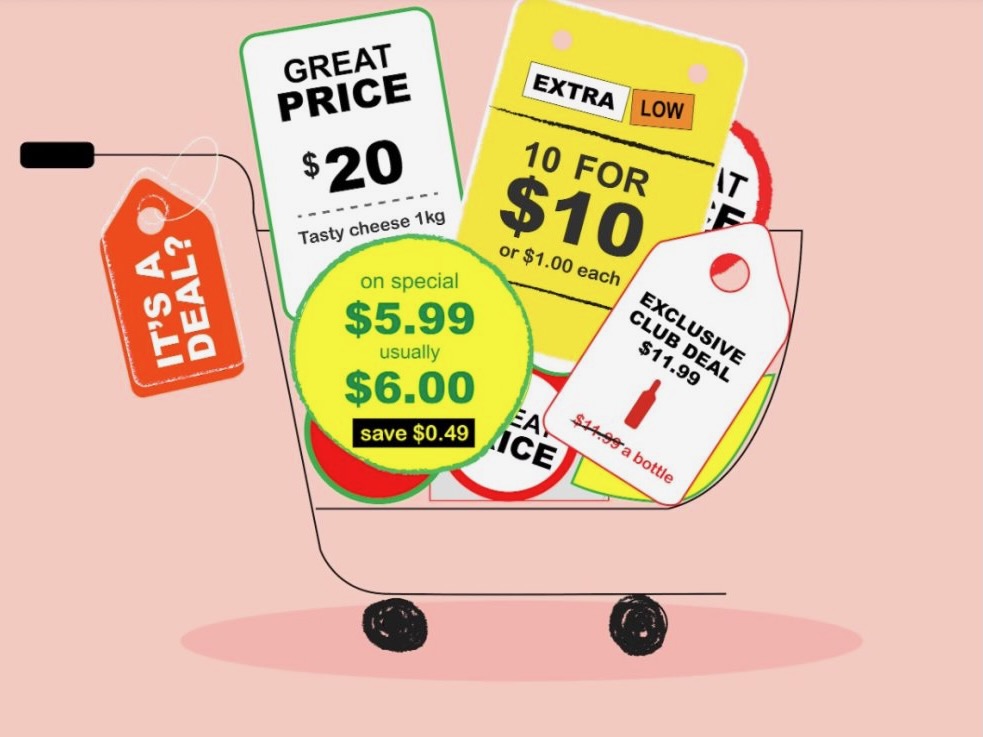
Consumer New Zealand is making a final push in its “dodgy specials” campaign against supermarkets.

The benchmark index of international food commodity prices contracted in May, amid significant drops in quotations for most cereals, vegetable oils and dairy products, according to the Food and Agriculture Organization of the United Nations.
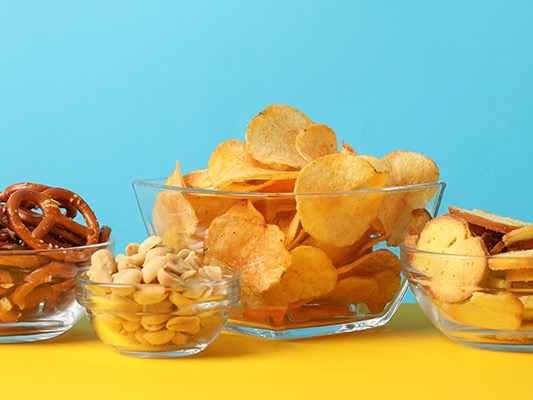
The $2bn snacking department continues to buck the trend, delivering both unit and value growth in NZ.
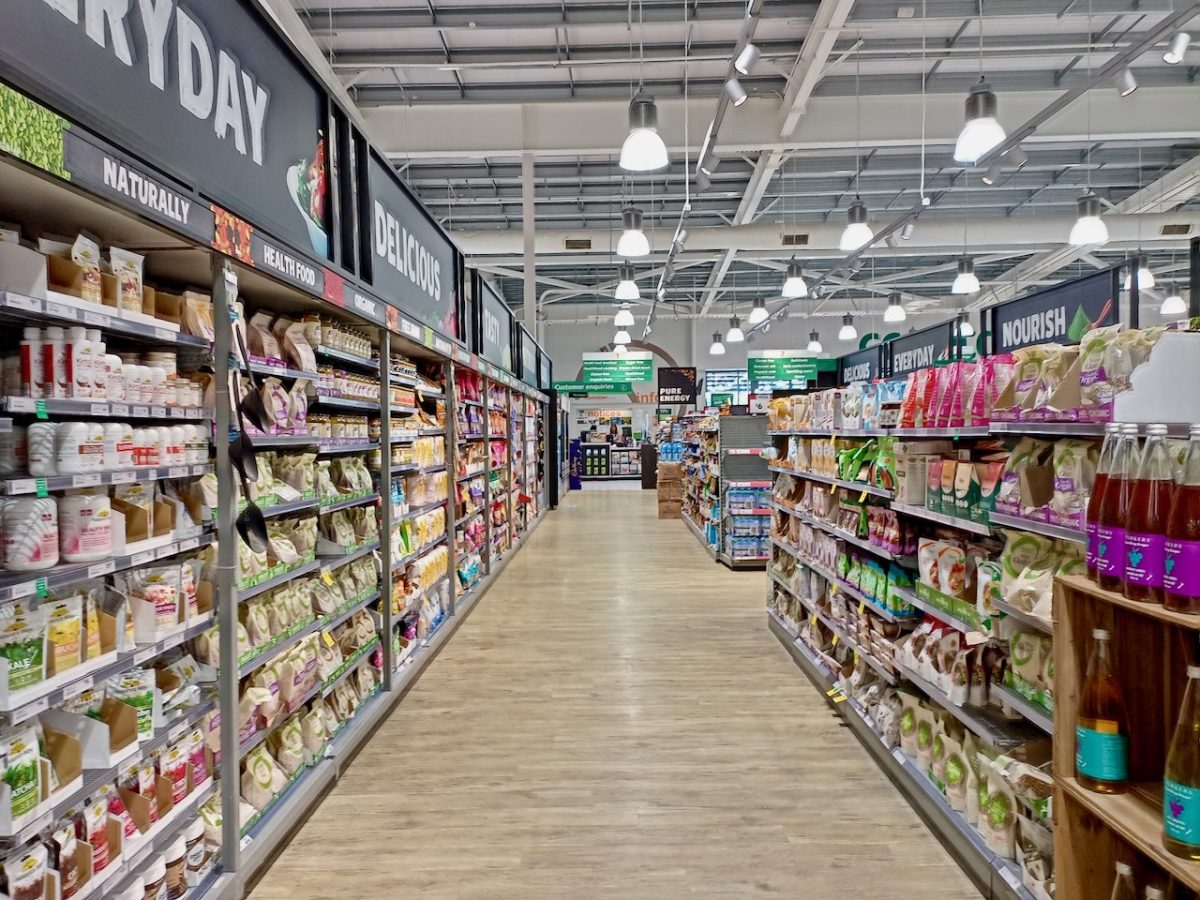
But the supermarket chain scales back the range of products affected, compared with its 2022 promotion.
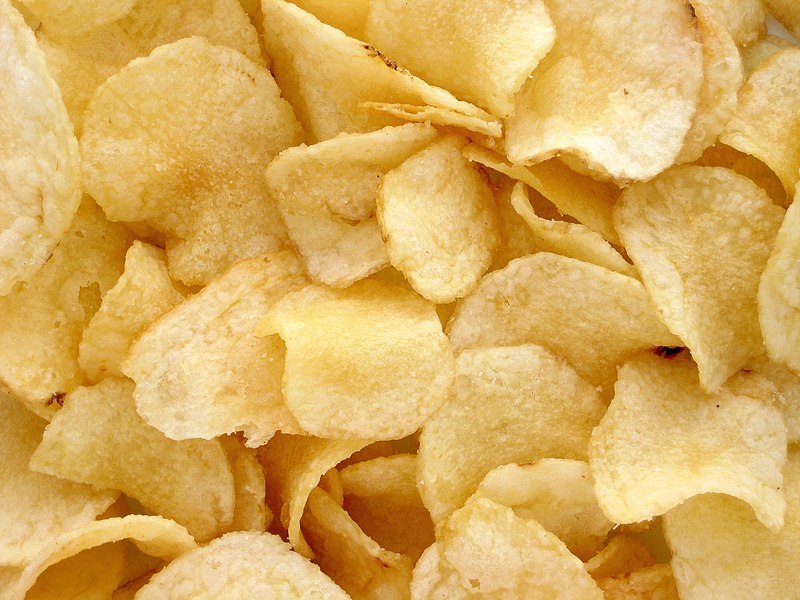
With food price inflation hitting a 26-year high of 12.5% in April, the Government must prioritise tax relief in next week’s Budget, National finance spokesperson Nicola Willis says.

Rising grocery prices, especially for potato chips, eggs, and yoghurt six-packs, continue to fuel annual food price inflation.

Retail sales continued to increase in April, with a 0.7% rise for the month, similar to last month, according to Stats NZ.

“There are some signs emerging of less intense cost increases filtering through the system,” Infometrics’ Brad Olsen says, as April GSCI comes in at 10%.

New Zealand businesses are continuing to feel pessimistic about the state of the economy, according to the latest business confidence survey conducted by the Auckland Business Chamber.

Food and housing costs were the main drivers of inflation for all household groups, according to Stats NZ.

Inflation has come in lower than all market expectations but the government says it is “still focussed on bringing it down further and helping kiwis with the cost of living.”

Rising food prices are the biggest contributor to the 1.2% quarterly rise, with grocery and fruit and vegetables the main category culprits.

Foodstuffs managing director Chris Quin says New Zealanders face a difficult winter as inflation pressures

Annual food price inflation hits a new high for the cycle, fuelled by grocery food items such as crisps, eggs and yoghurt six-packs.
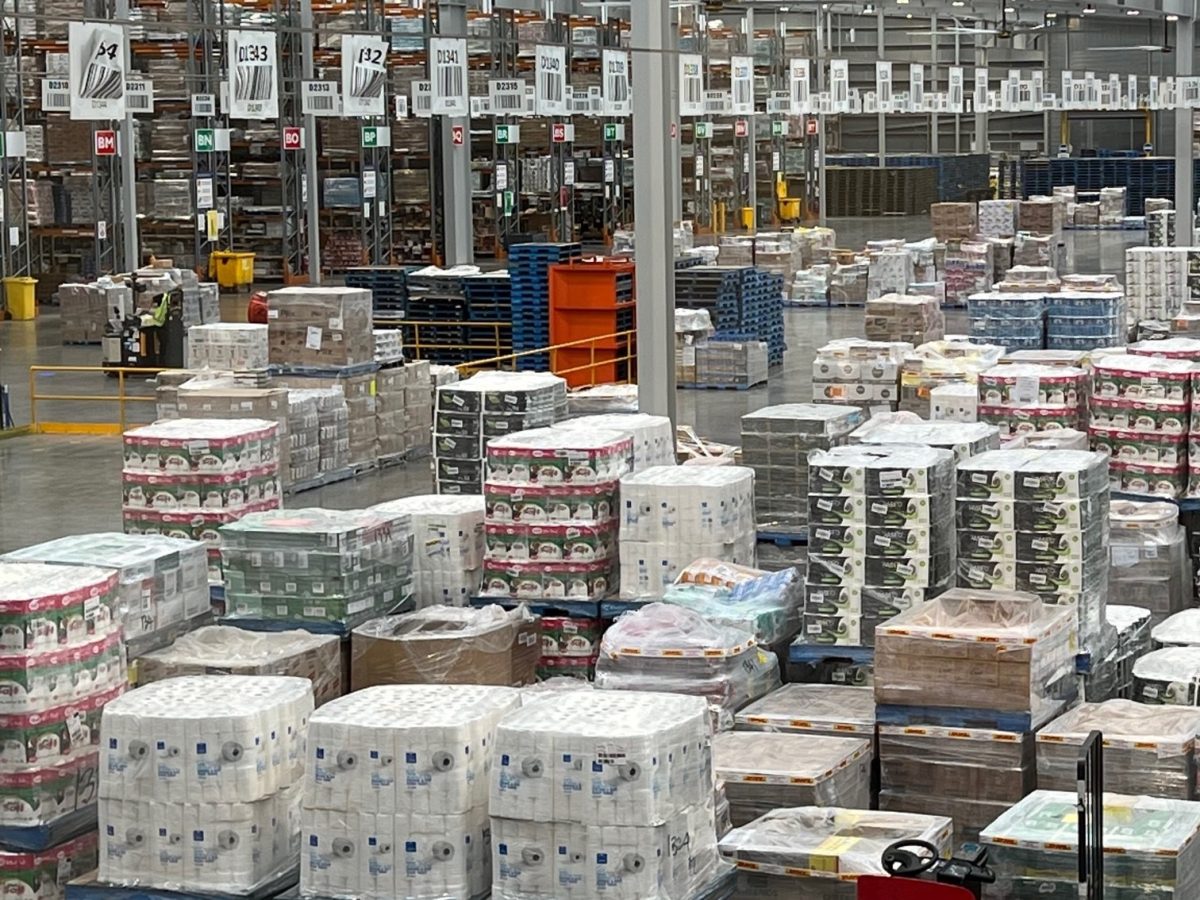
Cost increases from suppliers to Foodstuffs supermarkets continued to be elevated in March 2023, marking the sixth straight month of double-digit results.

The 22.2% annual increase in fruit and vegetable prices in the March Food Price Index is symptomatic of a challenging summer, according to United Fresh.

Grocery retailers will have 12 months to fall in line with new unit pricing measures coming into force as part of the government’s reform of the $22bn sector, according to draft regulations released today.

The benchmark index of international food commodity prices declined for the twelfth consecutive month in March, driven by cereal and vegetable oil, according to the FAO.

ACT party leader David Seymour says the government can do much more to address price pressures after Easter ended up costing more with the price of chocolate up 8.9% in the past 12 months.

Consumer NZ says Foodstuffs has largely rejected findings of misleading pricing practices but Woolworths NZ is taking the concerns on board.
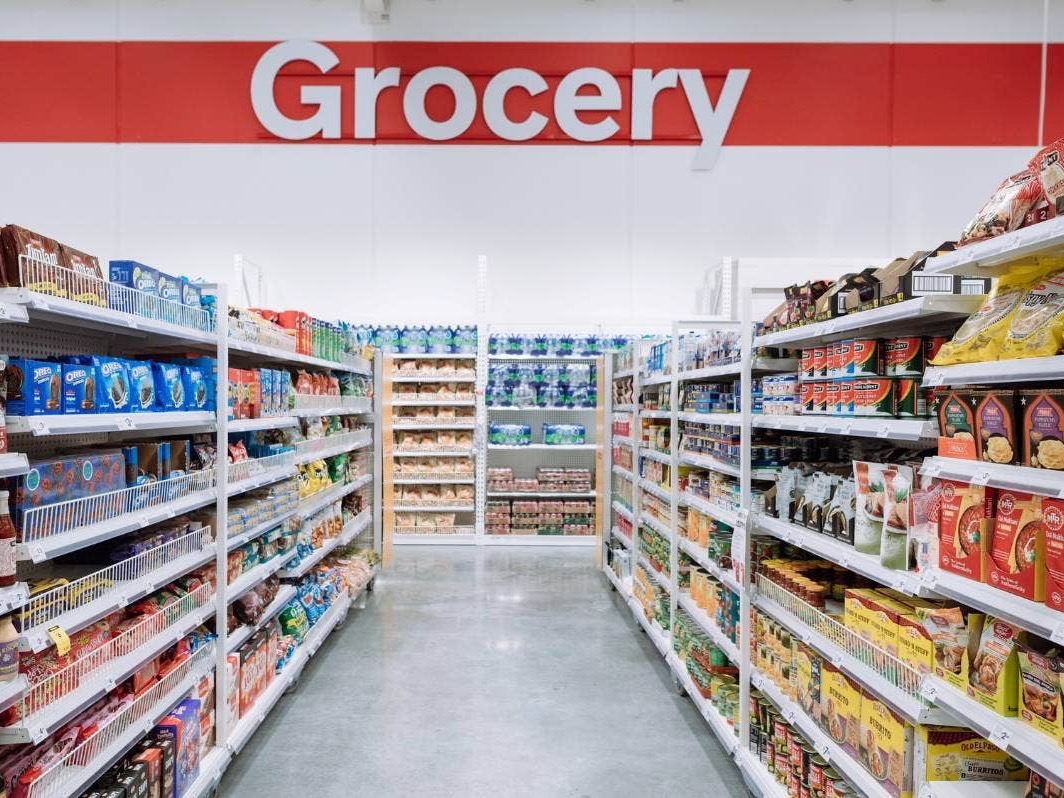
The consumer advocacy body analysed products from Countdown, New World and Pak’nSave stores in the immediate vicinity of The Warehouse stores.

Buying fresh food directly from the grower or producer costs less money than buying the same basket of goods from the supermarket, according to a research survey conducted by Farmers’ Markets New Zealand.

There will be a long tail of effects on fresh product availability and prices following the Auckland floods and Cyclone Gabrielle, according to Foodstuffs.

Consumers are continuing to change shopping habits to make their grocery budget go further, according to Foodstuffs’ latest Customer Insights Survey.

The impact of extreme weather on the fresh category starts to show, with the price of tomatoes jumping 117%.

“Domestic inflation pressures have not eased substantially yet, and weather-related disruptions will only reinforce some of the pressures already in the system,” says Infometrics as supplier costs rise again in February.
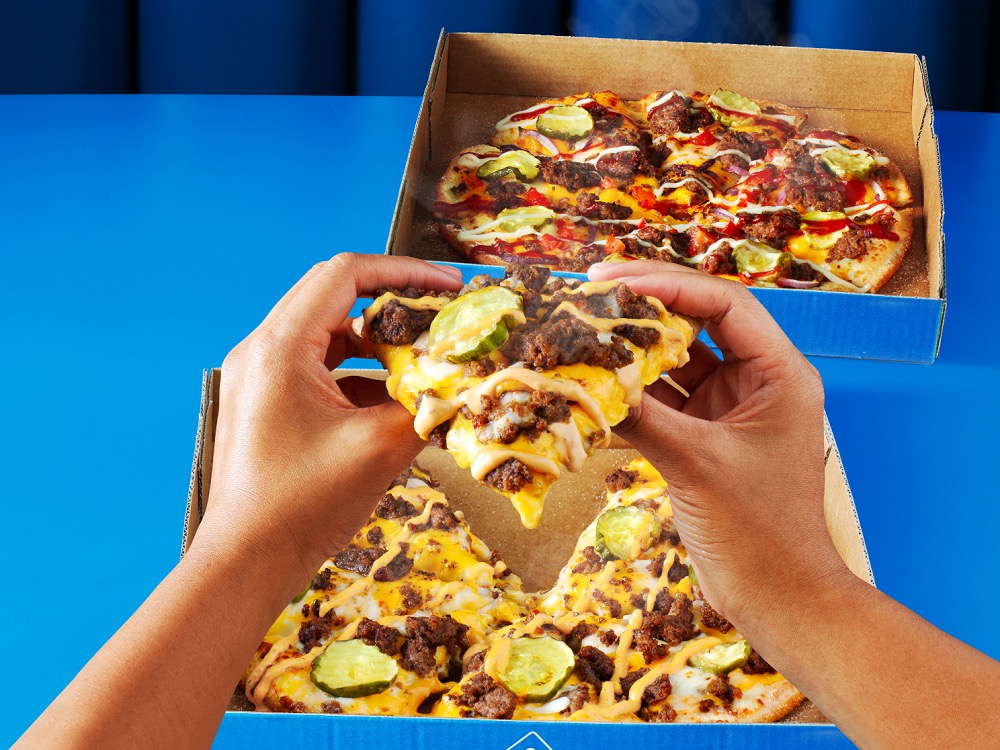
The latest results of the NZ division of the global pizza chain franchise are a story of impinging food price inflation, but that isn’t deterring a big recruitment drive.
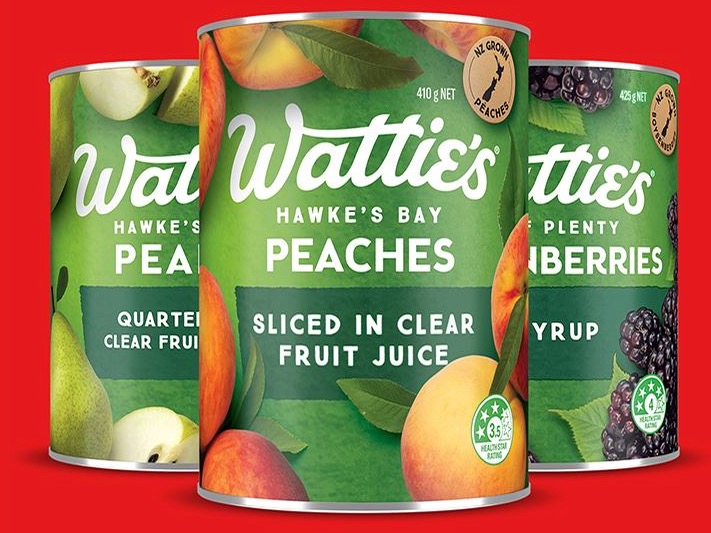
Consumers shopping for cyclone emergency supplies pushed batteries, water, and shelf-stable fruit into the fastest-growing value categories.

The benchmark index of international food commodity prices declined in February for the eleventh consecutive month, albeit only marginally, according to the Food and Agriculture Organization of the United Nations.

Softening demand has seen Fonterra revise its full year 2023 farmgate milk price and collections.

The first Food Price Index of 2023 is in, showing a slight cool-down from the record heights of last year albeit that double-digit inflation is continuing.
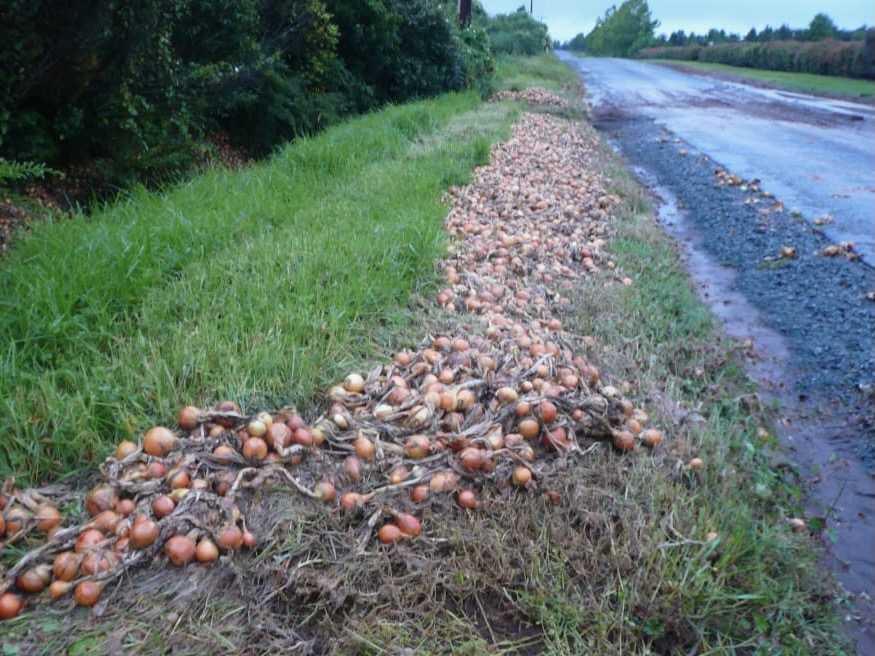
Kiwi consumers should be prepared for continued disruption to fresh produce pricing and availability, according to United Fresh president Jerry Prendergast.
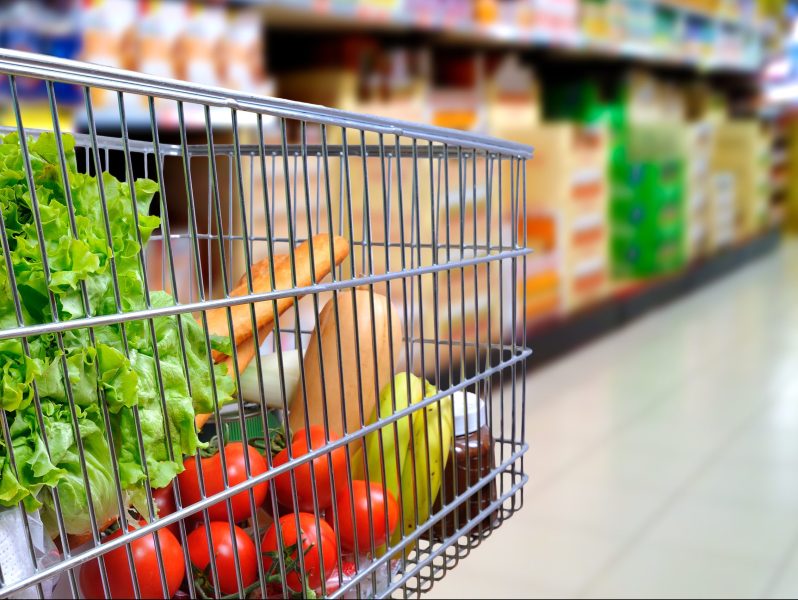
“Although it seems like there is potential for supplier cost increases to have plateaued, we’re not certain about the change in trend yet,” Brad Olsen says.
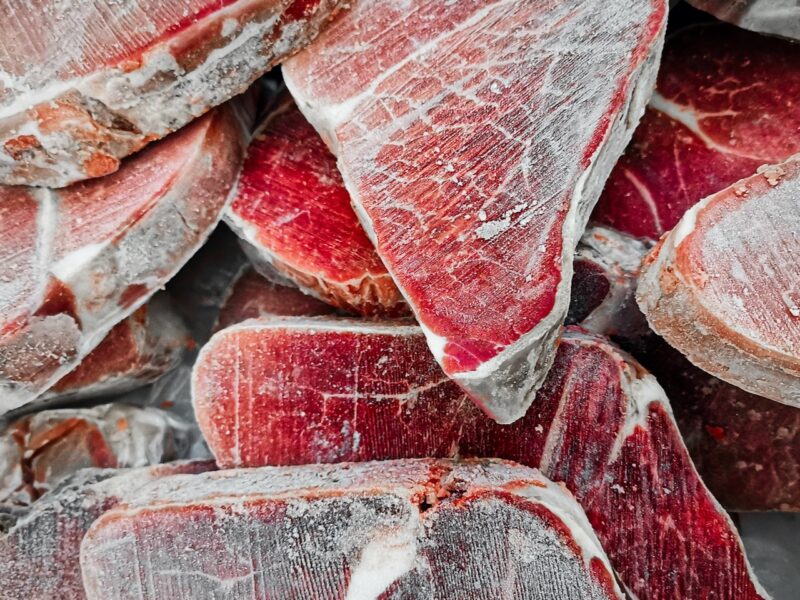
Global food prices dropped for the tenth consecutive month in January, according to the Food and Agriculture Organization of the United Nations (FAO).

The cost of living for the average household, as measured by the household living-costs price indexes (HLPIs), increased by 8.2% in the 12 months to December 2022, according to Stats NZ.

“We will continue to strive to look for everything that we can do in that space,” says Hipkins of supermarket competition and regulation to bring down food prices.

The Consumer Price Index was steady in the December 2022 quarter at 7.2%, with housing and household utilities the largest contributors.

Foodstuffs says prices at its stores grew at a slower rate than the Food Price Index for December 2022.

Cheese, eggs and potato chips were behind the 32-year record annual food price increase in December, according to Stats NZ.

The consumer advocate says it has received a raft of “concerning examples” of poor pricing practices following the launch of a campaign looking at supermarket deals.
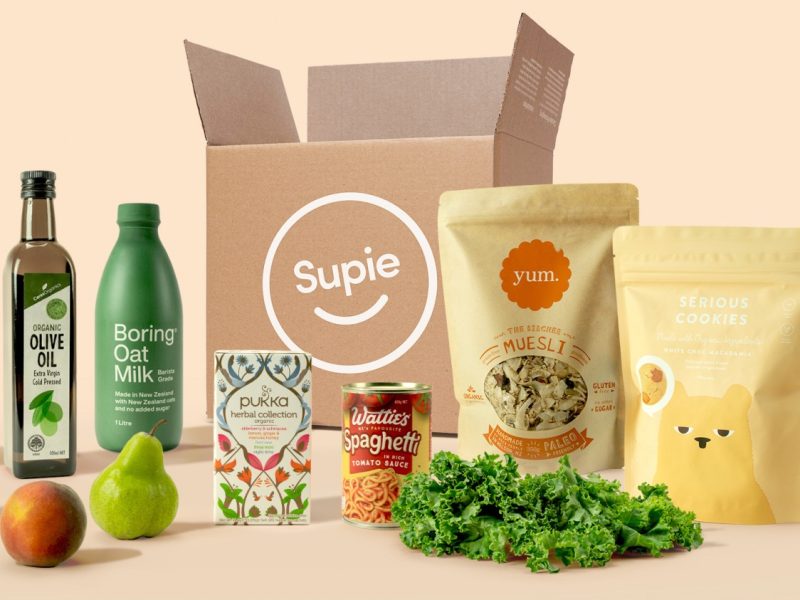
Online supermarket start-up Supie says it has reached a new level of customer numbers that has allowed it to provide more competitive pricing.

The typically busy Christmas peak saw many retailers failing to hit targets with inflationary pressure continuing into the New Year, according to the latest Retail Radar report from Retail NZ.

Ongoing food price pressure means governments must consider how to support struggling consumers but also help farmers to maximise what they produce.

Food sector stakeholders expect a challenging year grappling with deeper profit erosion as the long-running CO2 shortage worsens.
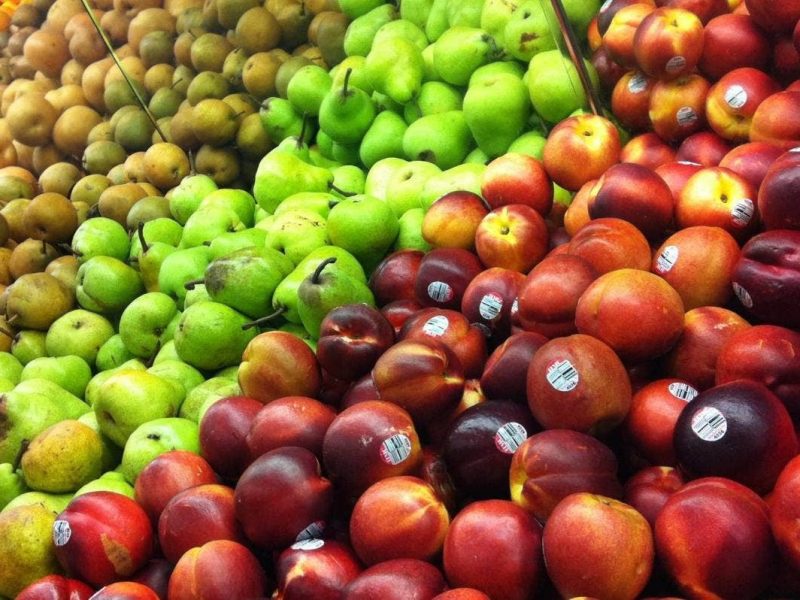
The impact of the summer cost change moratorium on the December index means it is not yet clear if cost pressures will ease in 2023, according to Infometrics.

Food price inflation is likely to continue into next year after the challenges facing food businesses have become “entrenched”, according to Foodstuffs managing director Chris Quin.
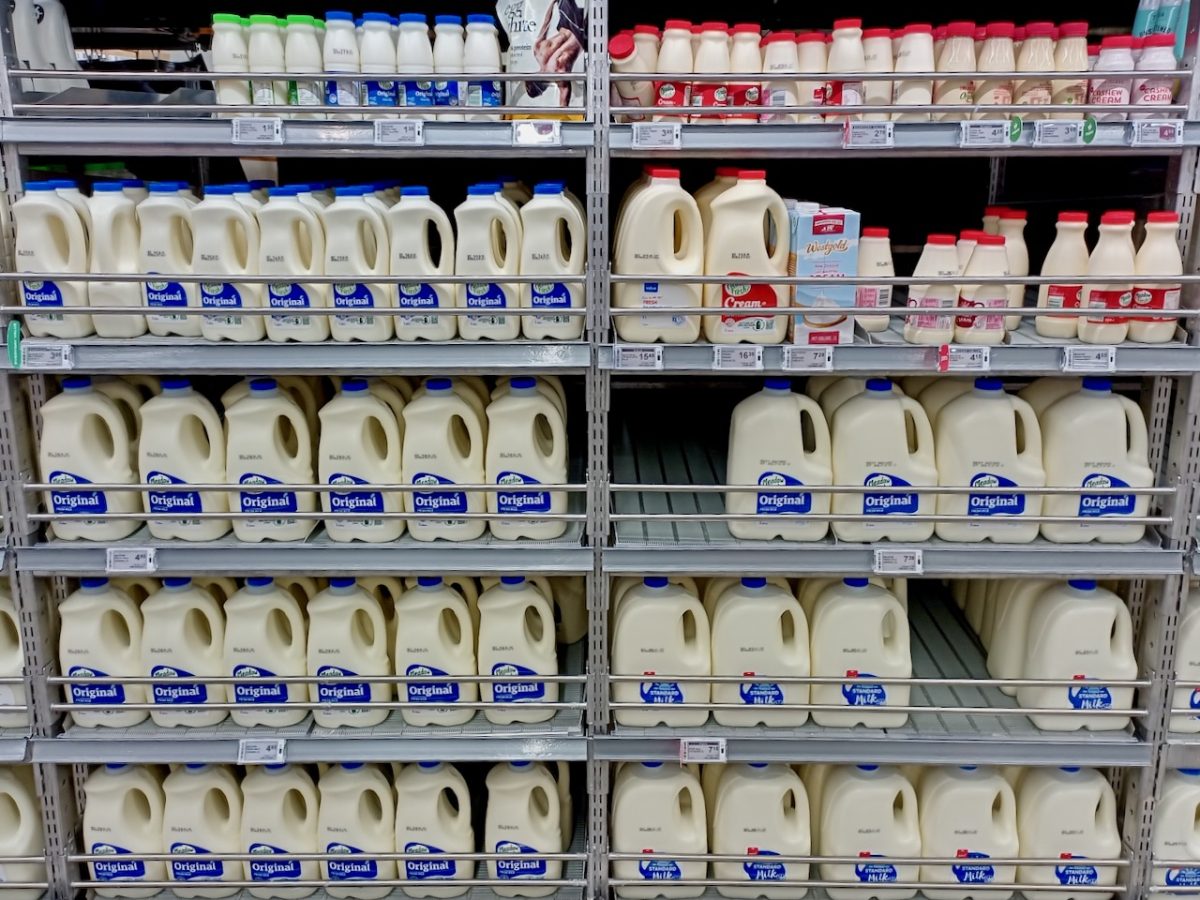
Increasing prices for cheddar cheese, yoghurt, and standard two-litre milk were the largest drivers within grocery food, says Stats NZ.

“Recent acceleration in the costs of less volatile items like general grocery goods reinforces pervasive cost pressures,” according to Infometrics’ Brad Olsen.

New Zealand data tracking and reporting company Sumfood has developed a free app to let consumers know which supermarket has the cheapest price, per person, for groceries.

The latest four-week period in IRI’s November Grocery Monthly Overview gives yet another angle on the effects of rampant inflation on food prices.

Price increases for dairy has helped boost New Zealand’s export values for October according to the latest overseas merchandise trade report from Stats NZ.

Producer output and input prices increased in the September 2022 quarter, according to Stats NZ.

Customers are changing their shopping habits to stretch their food budget as record inflation bites.

Reduced items on the menu and price increases are likely as hospitality venues look to recoup lost revenues and counter labour and food price increases, according to the Restaurant Association.
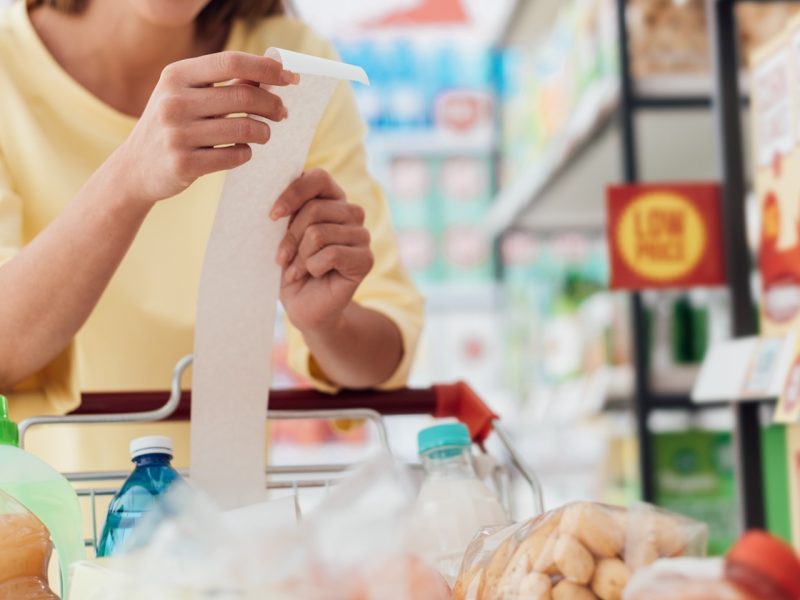
Annual food price inflation has jumped to hit double digits in October and set a 14-year high, according to Stats NZ.
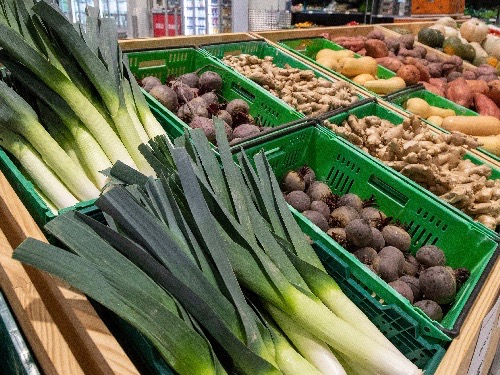
Supplier prices were 10% higher in October than the same time last year, with the largest number of items in five years going up in price.

The timing of the Fair Pay Agreements Bill passing into law “could not be worse for an industry already under enormous pressure”, according to the Restaurant Association.

Increasing food price were one of two main contributors to a jump in household inflation, according to Stats NZ.

In an era of rampant food price increases, Stats NZ’s monthly Food Price Inflation index often contains a sweeping reference to a hike in grocery prices, while naming a few products behind the latest movement.

Tomatoes, lettuce and broccoli drove the highest quarterly rise in vegetable prices since Stats NZ started the data series in September 1999.

The National Party has used the latest Food Price Index to point the finger at Labour economic policy including its immigrations settings, claiming it is “impossible to get ahead under Labour.”

Foodstuffs New Zealand managing director Chris Quin says grocery chains globally are all battling the same set of supply-side challenges as well as changes in consumer behaviour.

The increasing price of two-minute noodles was one of the drivers of a 7.7% annual rise in the grocery category in September.
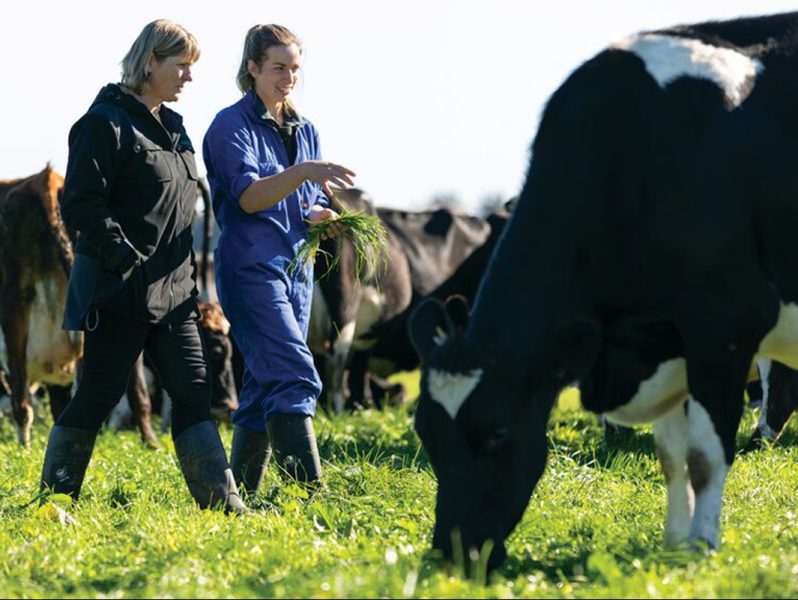
New Zealand will ultimately pay more for their food when the substantial increase in international workers’ pay kicks in from February, according to Federated Farmers.
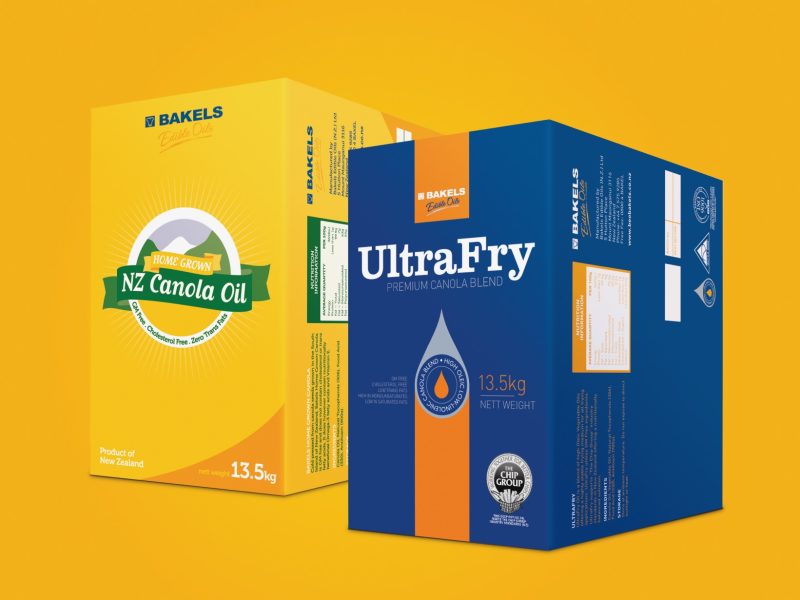
Global food prices have tracked down for the sixth month in a row, according to the United Nation’s food agency Food Price Index.

In September this year, the cost of more than 5,400 products went up – almost double the number in September 2019.
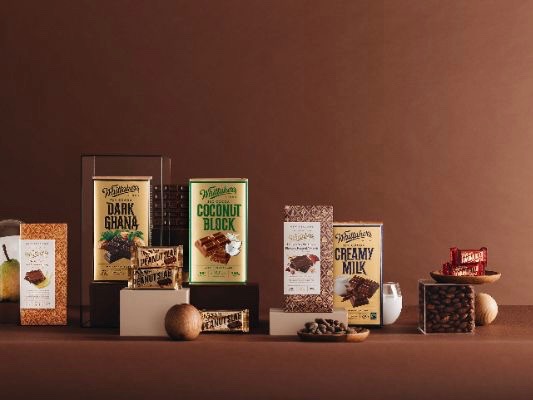
Whittaker’s has put up the price of its products for the third time since 2019.

Suppliers putting up their prices is the biggest contributor to retail price increases, says Retail NZ in its latest Retail Radar report.

The consumer advocate is “not convinced” that grocery retailers are following Commerce Commission recommendations for clear pricing.

Increased energy costs for Chatham Island Food Co piles pressure on the seafood specialist, which is already facing rising labour and fuel charges.

How private label and ‘shrinkflation’ allow businesses to cope with rising costs.

Price increases hit a new peak in the current upward cycle, which has now been running for 17 months.

Price rises across dairy commodities drove an annual increase in the value of exports for dairy products, according to Stats NZ.
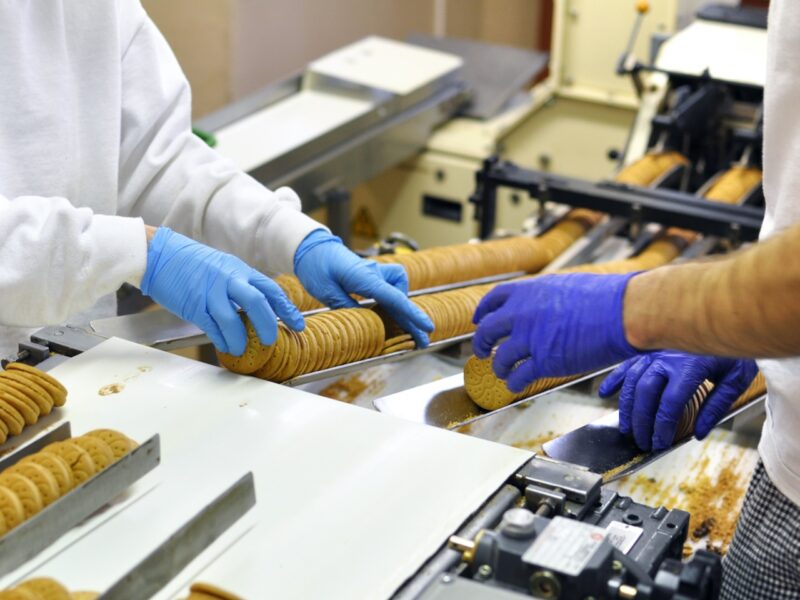
Although there is some relief for exporters with global shipping fees starting to fall.
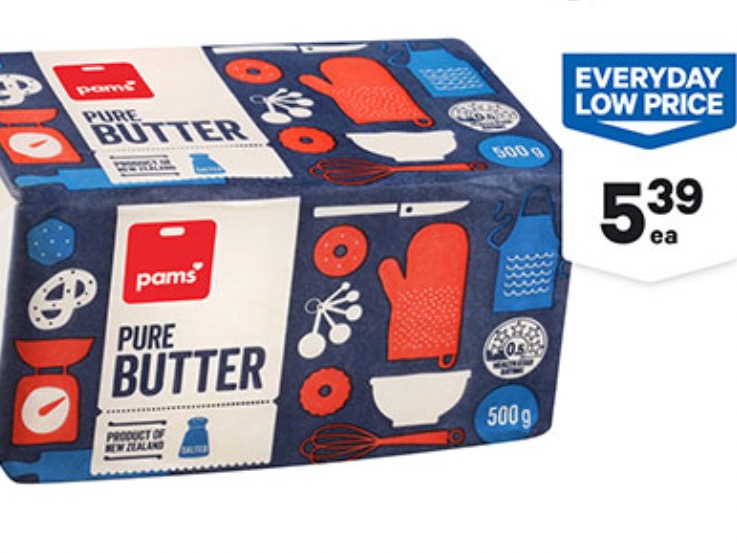
The co-op unveils one of its promised pricing initiatives, introducing Everyday Low Price tickets at its New World banners.
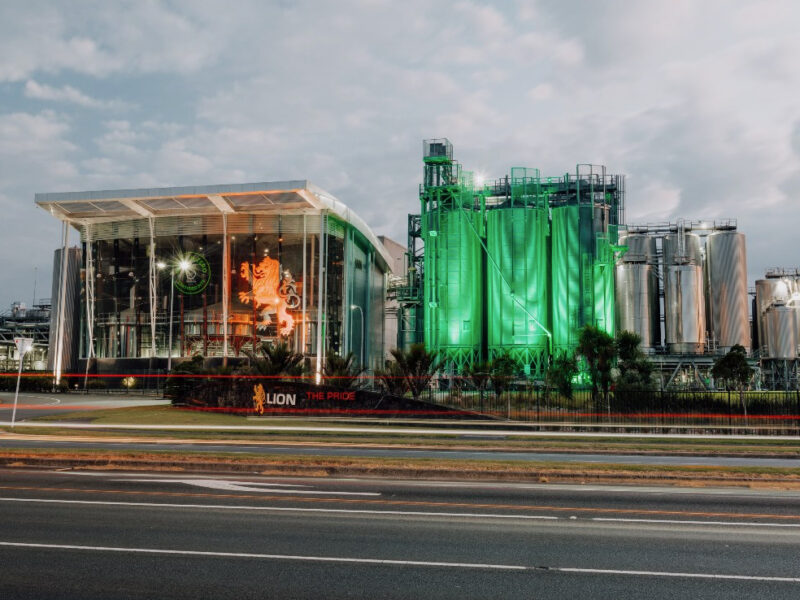
The beverage business says it has seen unprecedented cost increases in the past 12 months.
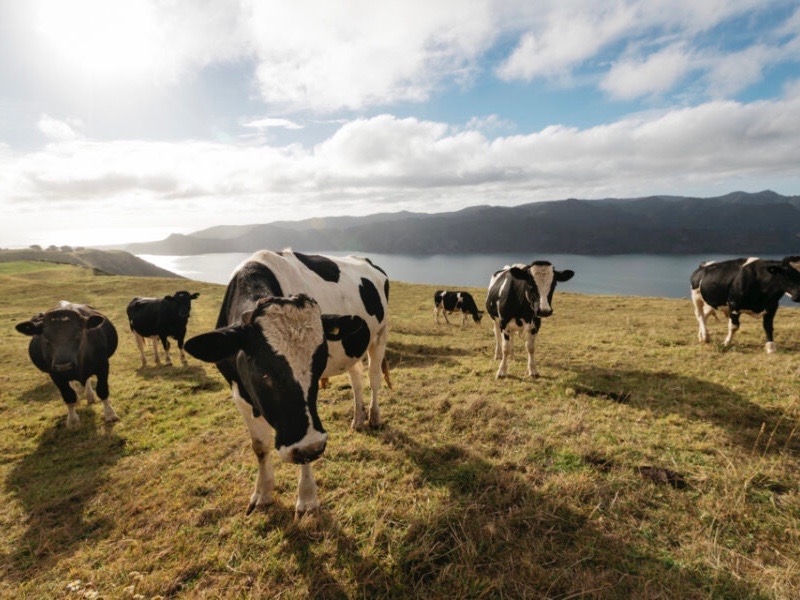
Producer input and output prices were up again in the June 2022 quarter, according to Stats NZ, with farm expenses were at the highest level measured in the series going back to 1993.

Input prices for Kiwi exporters are also on the way down with costs like shipping container rates falling 40% compared to a year ago.
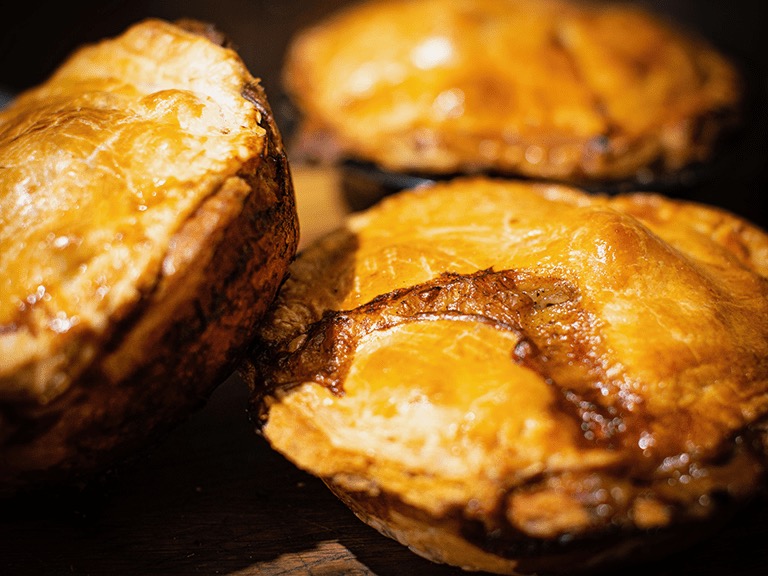
National says labour shortages are worsening food inflation while the Greens want a long-term food price strategy.
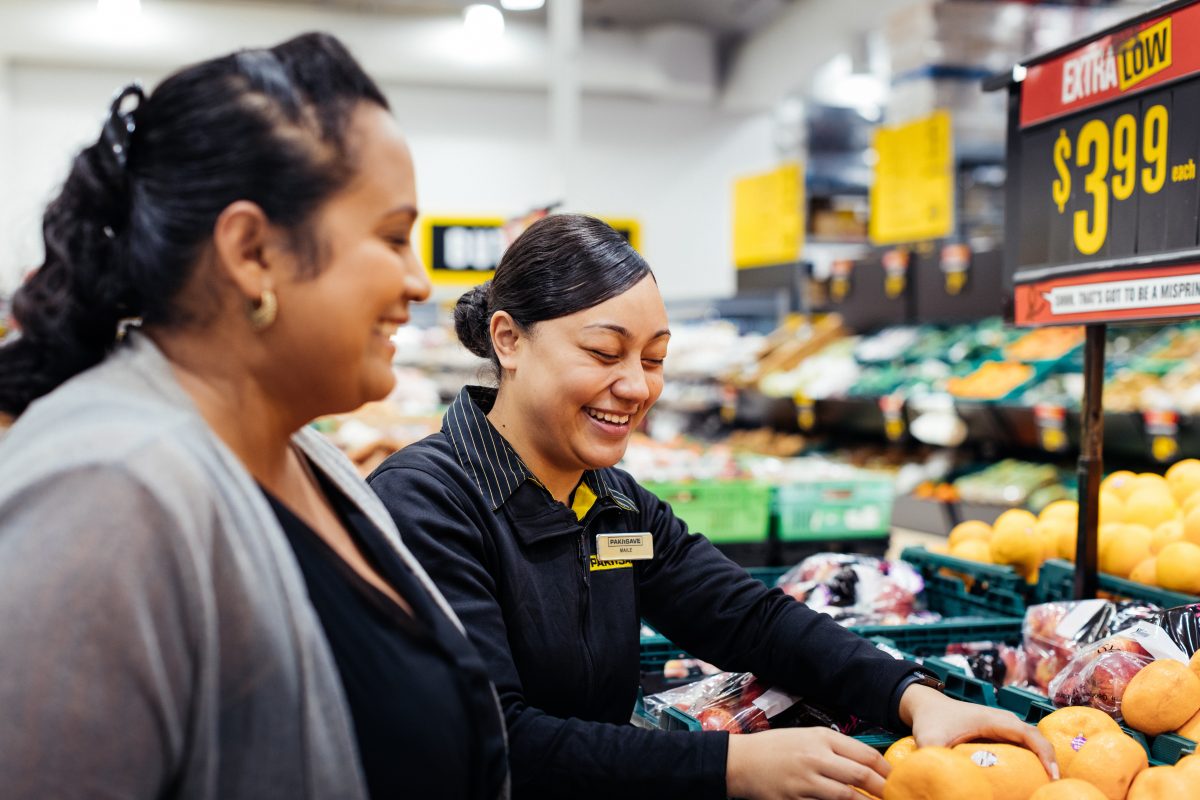
Foodstuffs co-operatives have held food price increases below inflation for the third consecutive month, with the latest Stats NZ Food Price Index showing an annual rise of 7.4% in July.
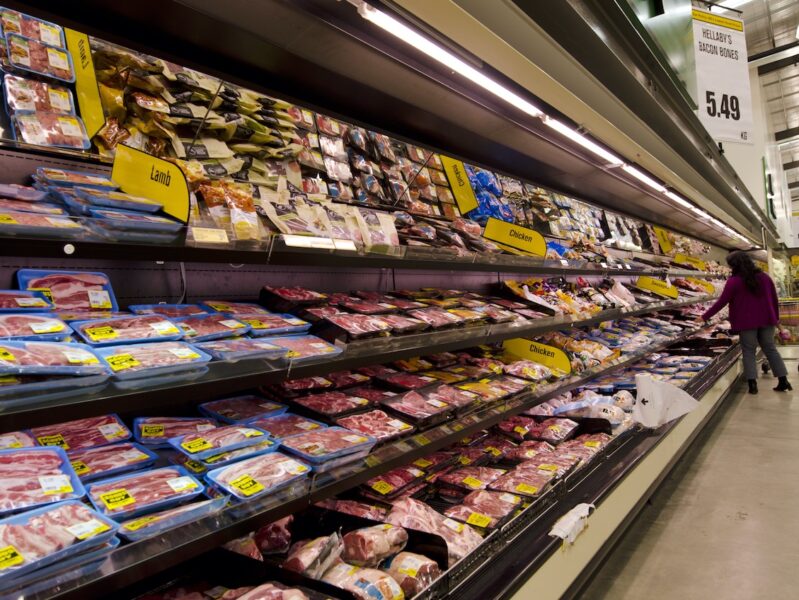
Over 45% of Kiwis have recently changed their diet, with increased living costs, sustainability and health acting as the main contributors, according to research from meal kit company Hello Fresh.

Foodstuffs will continue its price rollback for a further three months with Countdown also looking at ways to keep prices down.

Annual food price inflation has breached the 7% mark for the second time this year – just the second time in a decade – with the latest data showing food prices 7.4% higher in July this year than last.

Cost of living concerns impact spending sentiment with consumers planning to cut back on most purchases.
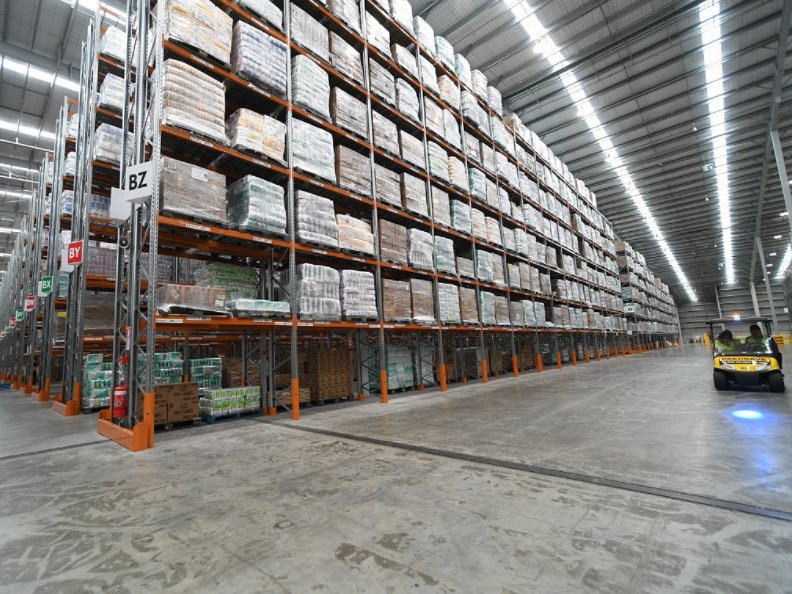
A new index commissioned by the co-operative and produced by the economic consultancy shows the climbing cost of groceries sold by suppliers.

Grocery spend continues to grow, driven by a 30-year inflation high, with the latest IRI data illustrating the ‘spend-more-get-less’ theme and a move to private label.

The confectionery giant aims to replace churn with category growth in the current inflationary environment.
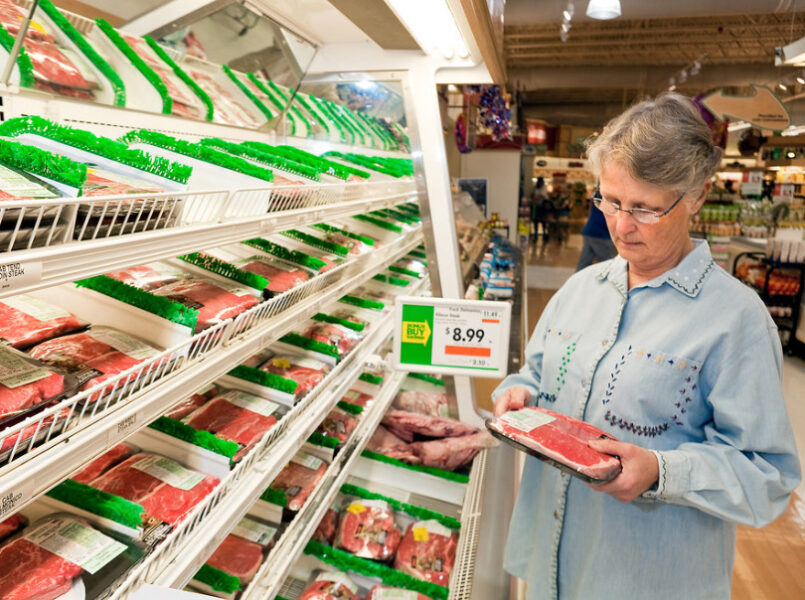
Rising prices continue to be the most pertinent issue for New Zealanders, with 93% noticing increased petrol prices followed by 87% citing food prices rising, according to a consumer snapshot in July by Kantar.

Food prices played a part, rising 1.3% over the June 2022 quarter, pushed up by increasingly expensive groceries and takeaway meals.

The FMCG giant’s new NZ boss says it is buckling up for at least another year of uncertainty as the trend for value driving sales ramps up.

Grocery prices continue to climb and are now 7.6% higher than this time last year, with milk, potato crisps and yoghurt notably more expensive.
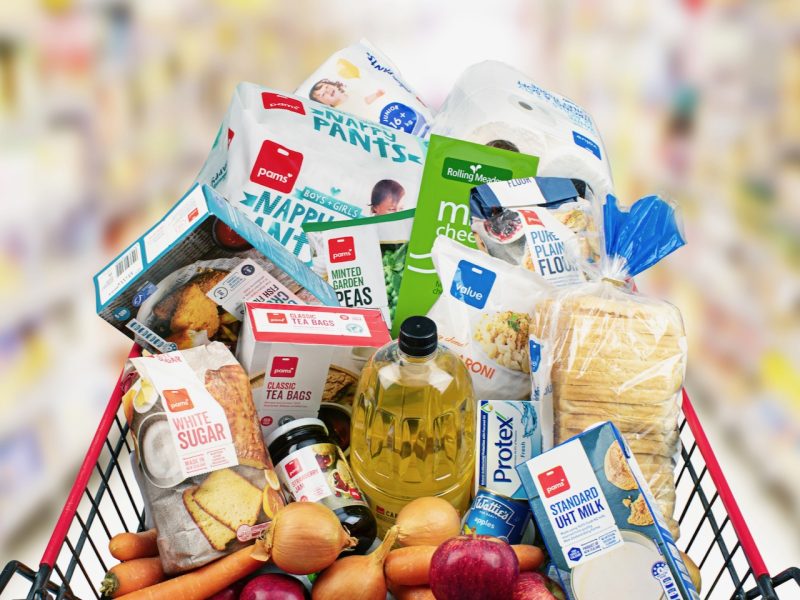
Foodstuffs says its co-operatives have kept price increases for customers below inflation for the second month in a row.
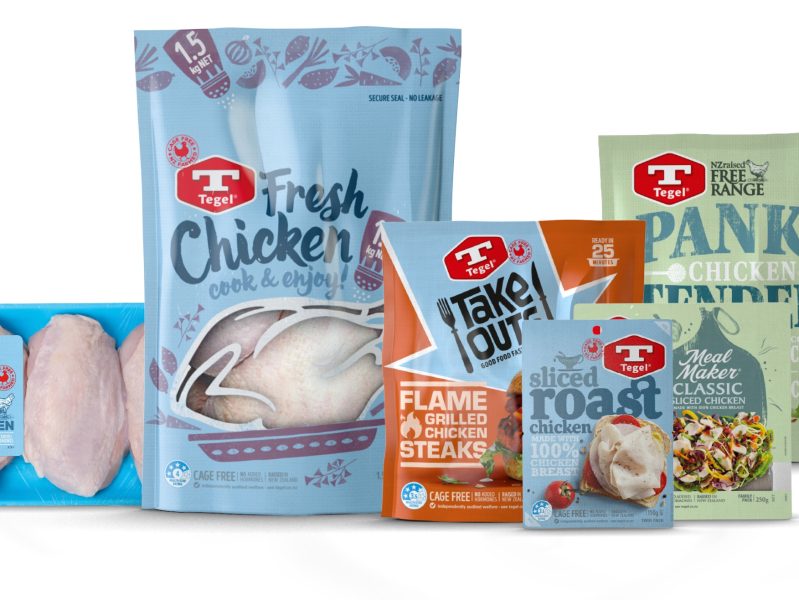
“No business is exempt from the rising costs of labour, transport, fuel and logistics,” chief executive Egbert Segers says, announcing the second 10% price rise in less than a year.
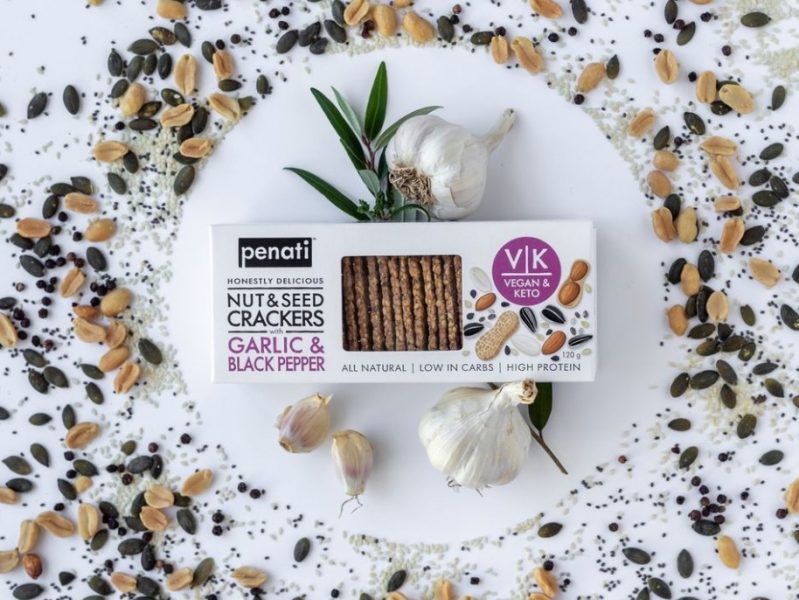
Independent cracker manufacturer Penati is feeling the squeeze with premium cracker sales weakening as consumers tighten their purse strings and input costs go up.
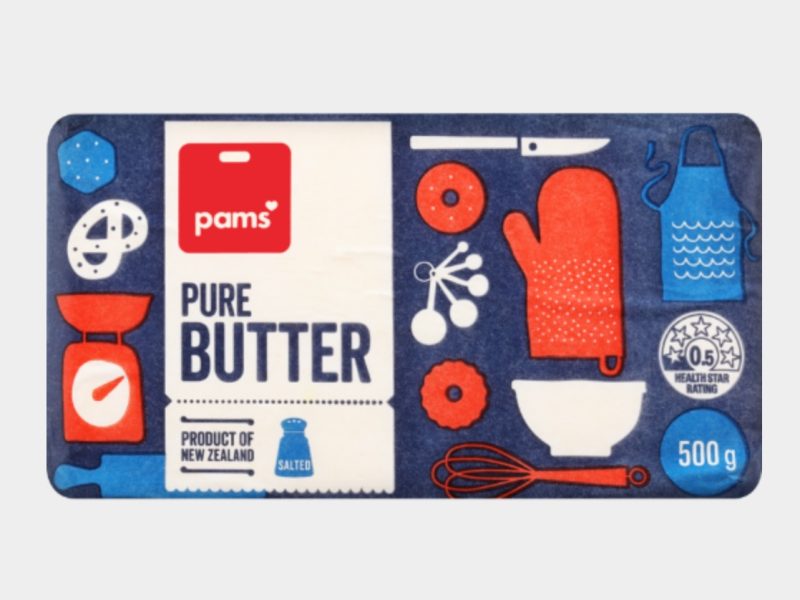
Foodstuffs says the first five weeks of its price rollback initiative has “saved” shoppers $6.5m.

Almost all F&B manufacturers plan to put up prices to combat rising costs, according to a survey by IRI and the NZFGC.
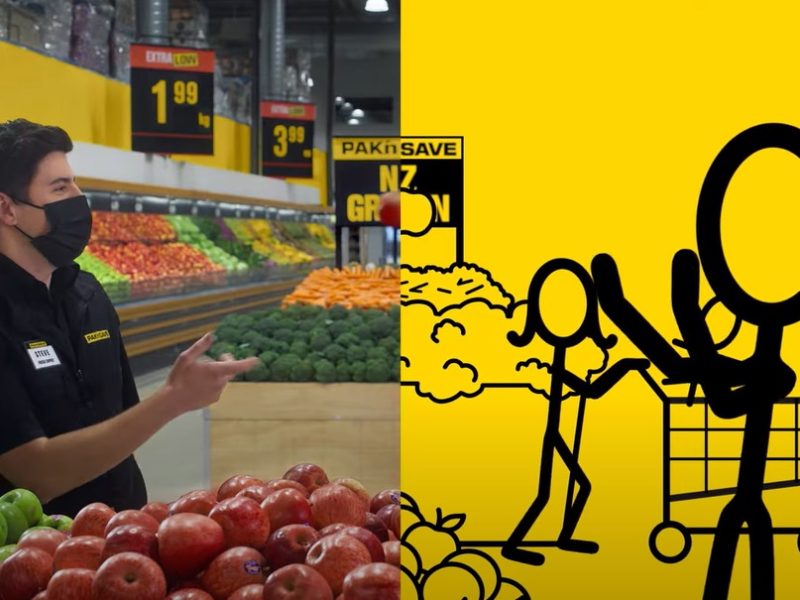
Foodstuffs moves to promote Pak’nSave quality as the battle for consumer dollars heats up.

The supermarket co-op says cost increases from suppliers also grew by almost 7%.
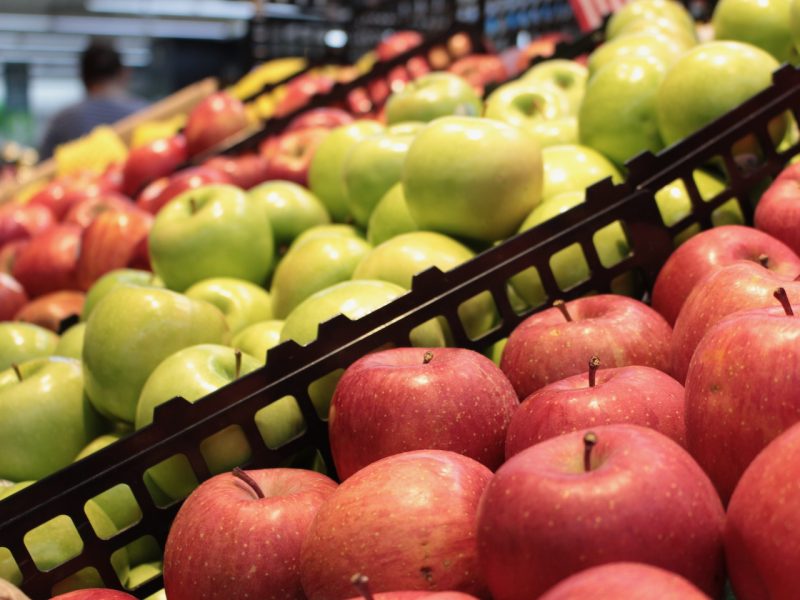
The government has no plan to address increasing food prices with families continue to suffer, says the National Party’s finance spokesperson, Nicola Willis.

Food price inflation is back to where it was in February – a decade long record at the time – as groceries push the index up.
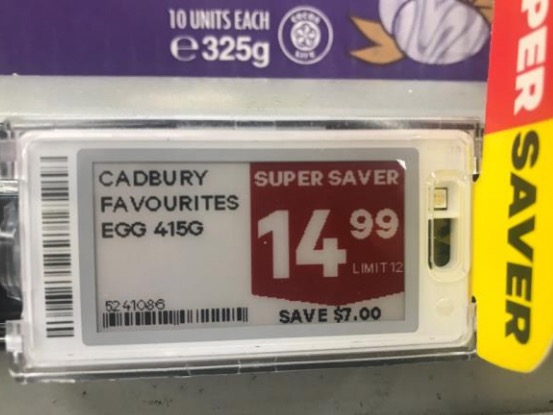
Feedback is sought on issues including which retailers should be subject to unit pricing, how said pricing should be displayed and what products should be exempt.

Supermarkets’ take an image hit during a year in which the $22bn duopoly-dominated sector was in the spotlight.
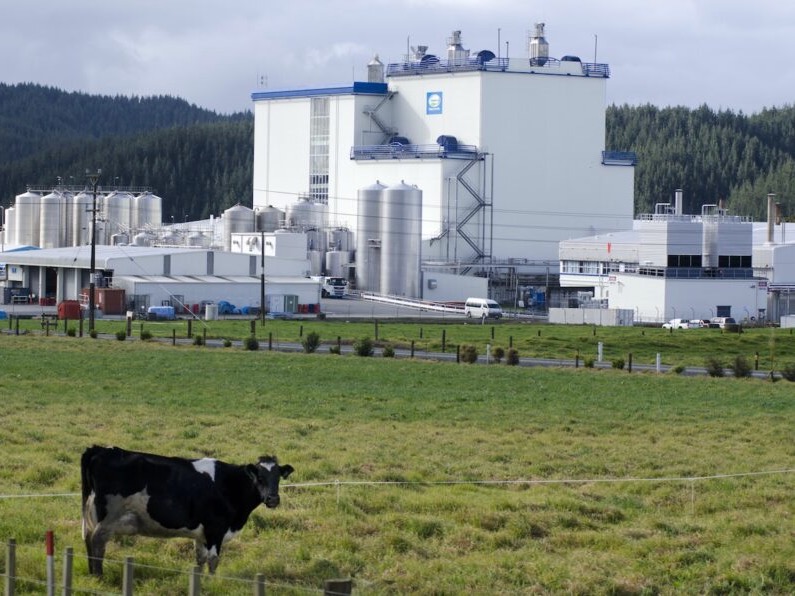
Rabobank has forecast a farmgate milk price of $9.00kg/MS for the 2022/23 dairy season, with a ‘fog of uncertainty’ clouding demand.

Price rises for cheddar cheese, milk, and eggs meant annual food inflation remained high in April, although eased from the 10-year record reported for March.
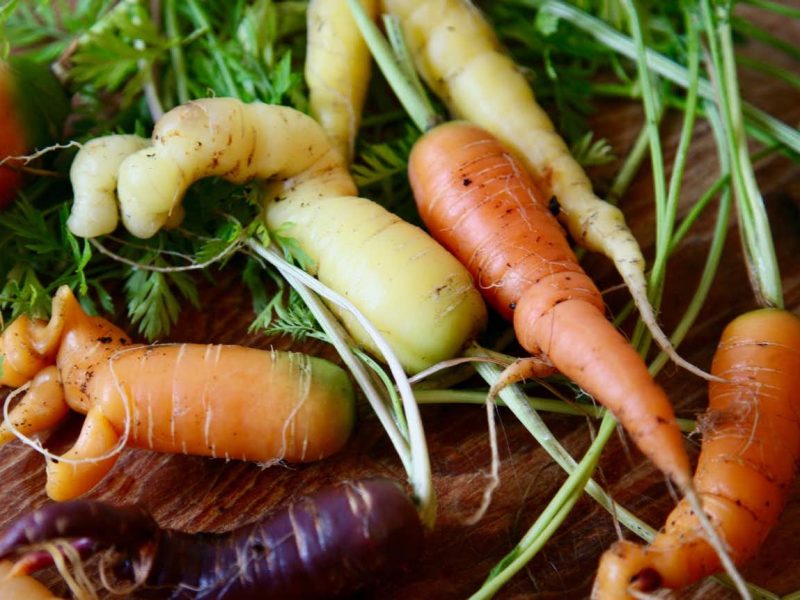
Fruit a vegetable prices were up 18% in last month’s FPI, but the pan-produce organisation said this should ease.

The Great Price Winter Freeze takes in mostly private label items, with a handful of independent brands, but what will happen if costs go up?
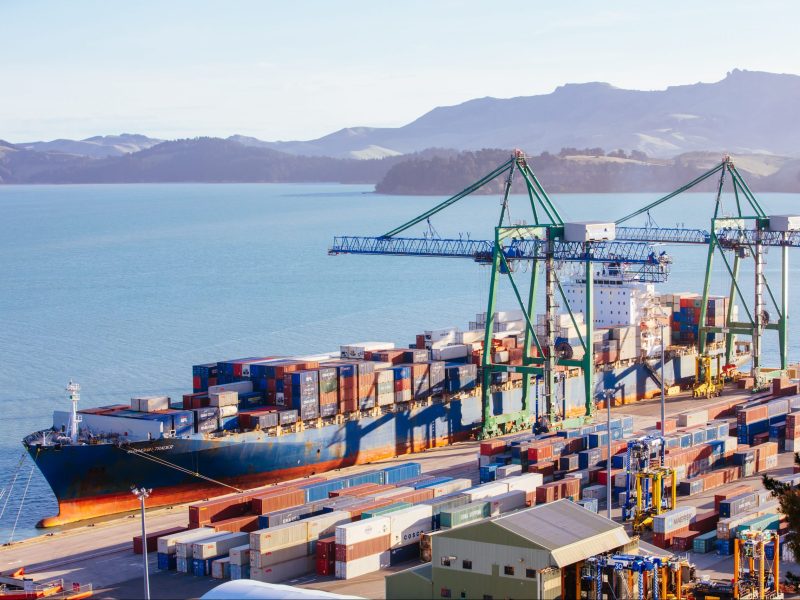
The value of total good exports rose strongly in March 2022, driven by increases in dairy products, beef, and aluminium.
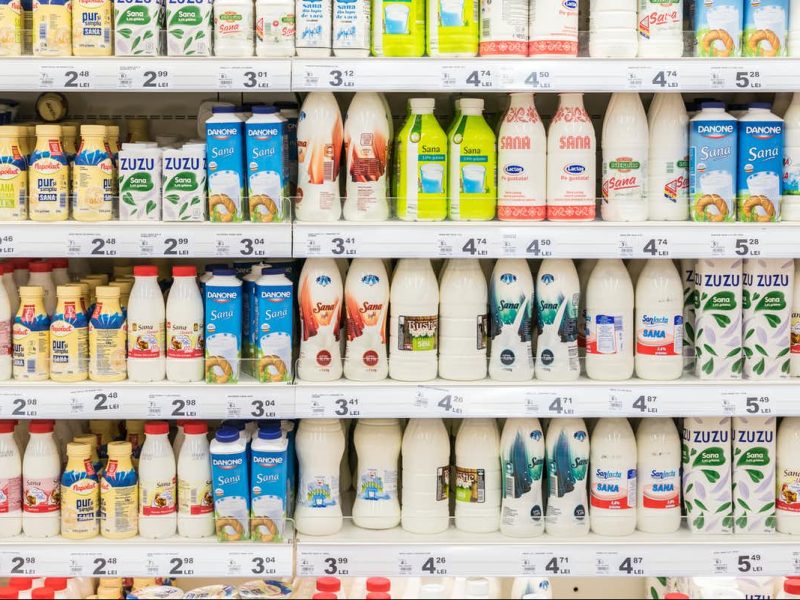
Research shows the innate cognitive bias shoppers have towards focusing on price, no matter what.

Finance minister Grant Robertson has underlined the government’s commitment to boost competition following a 30-year high in inflation.

The annual CPI inflation rate for the March 2022 quarter reached 6.9% – the largest movement since a 7.6% annual increase in the year to the June 1990 quarter, said Stats NZ.

People must consider the impact cheap food has on the environment and whether there are better ways to help struggling families.

Minister David Clark feels the heat from surging food prices and says he has not ruled out going further than ComCom’s grocery market recommendations.
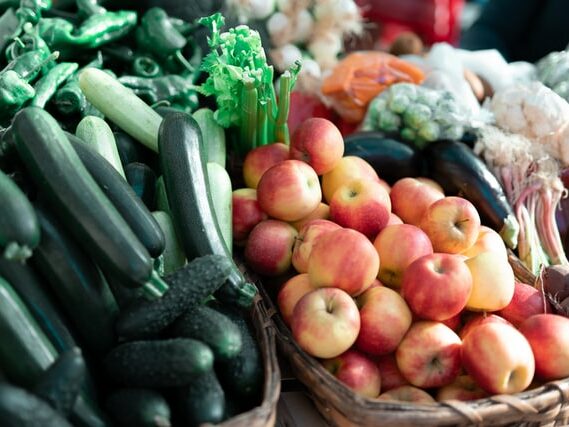
Fruit and vegetable prices jumped 18% over the year with meat, poultry, and fish prices up almost 9%.

The company said today’s update was outside of its usual cycle of January, May and September updates but there had been a significant increase in all global commodity prices.

Overpackaging and non-recyclable packaging is a top concern for New Zealanders, according to new research by Kantar.

The Māori Party has announced a policy to remove GST from all kai to ease the burden on households struggling through the cost of living crisis.

Vegetable prices will continue to surge ahead if the government doesn’t help growers find ways to lower costs, according to Horticulture New Zealand.

IRI’s Grocery Market Overview attributes price rises as the major driver behind February’s 5.8% increase in sales value.

Food prices continue their upward trajectory, with fruit and vegetables jumping 17% on a year ago.

Consumer New Zealand has found massive price differences for Rapid Antigen Tests, ranging from $6.50 to $19 per test.
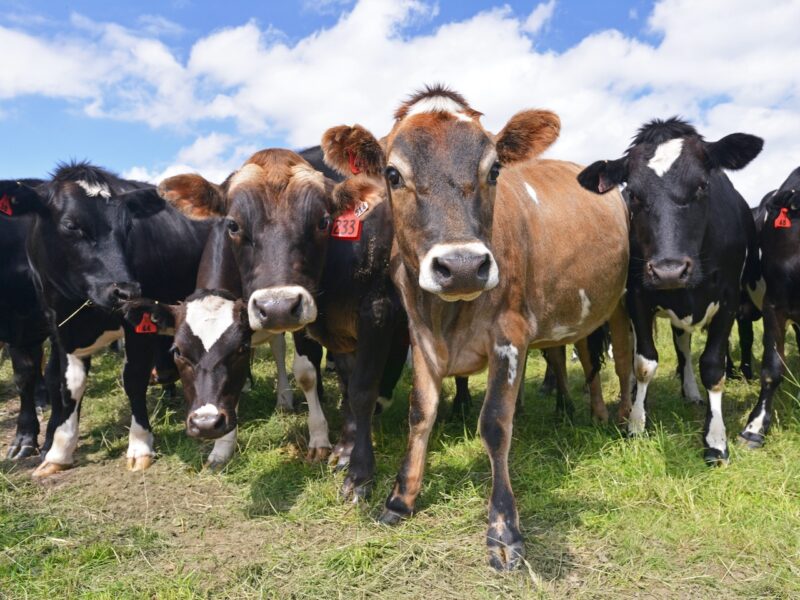
A Rabobank report on the beef sector says global demand will keep prices high, with a raft of challenges plaguing the sector.

Producer input prices rose 1.1%, while producer output prices rose 1.4% in the December quarter, led by dairy and construction.

The National Party says households are going backwards and pay packets are failing to keep up with the rising cost of food.

Annual food prices rose in 5.9% with widespread increases seen in January.

Food prices eased marginally in October however the annual growth rate was well-above the long-term average, says Stats NZ.

The meal kit company says it raised prices this month to offset increased ingredients and labour costs.
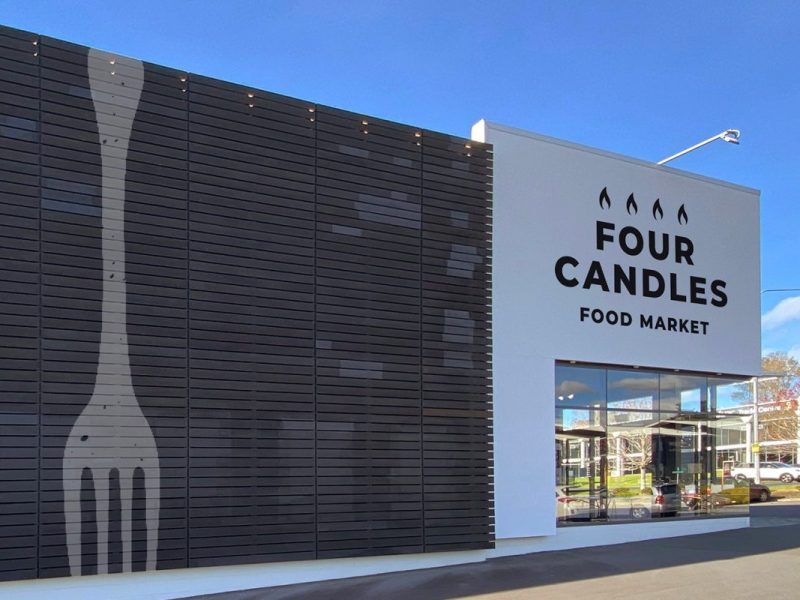
More stores? Yes. Smashing NZ’s supermarket duopoly? Not us, says the new entrant’s co-founder, Chris Fisher.

Seasonally adjusted food prices were up 0.9% on the month prior in September as higher priced chicken and eggs came home to roost.

Global food prices are creeping towards record highs due to a combination of fuel prices, bad weather and Covid-19, according to University of Warwick global sustainable development
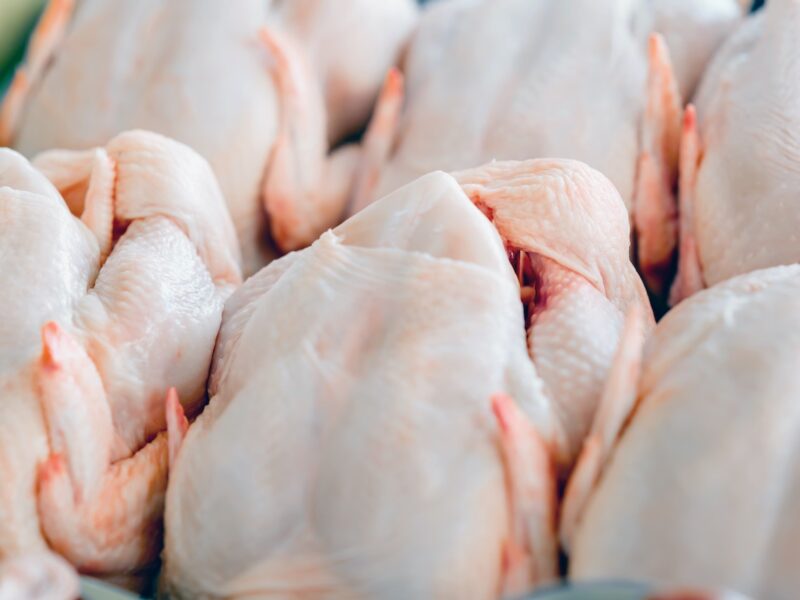
The Commerce Commission has received an application from the New Zealand Tegel Growers Association seeking authorisation for collective bargaining with Tegel Foods.
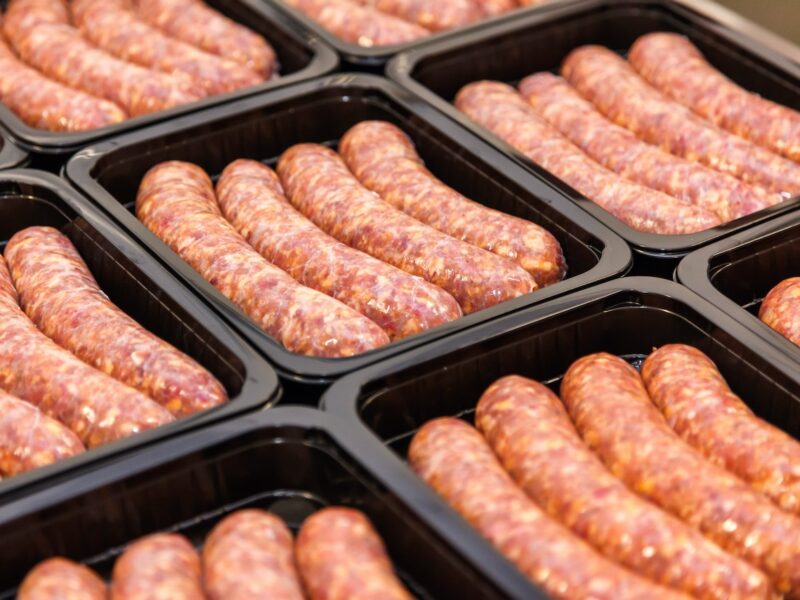
Food prices rose for the fifth consecutive month in August mainly due to higher prices for meat, poultry and fish, and restaurant meals and ready-to-eat food, according to Stats NZ.

Fonterra’s calculation of the base milk price it will pay farmers in the 2020/21 dairy season is consistent with the Dairy Industry Restructuring Act (DIRA), says the Commerce Commission.
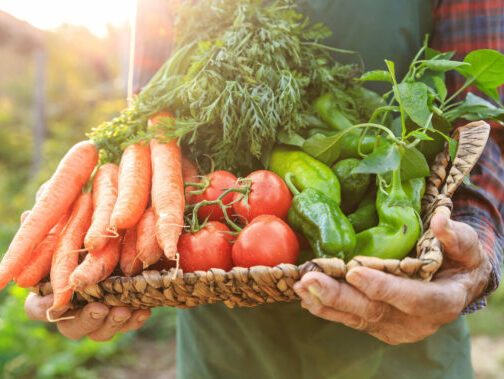
Food prices rose 1.3% in July compared with the previous month, mainly influenced by fruit and vege price hikes.
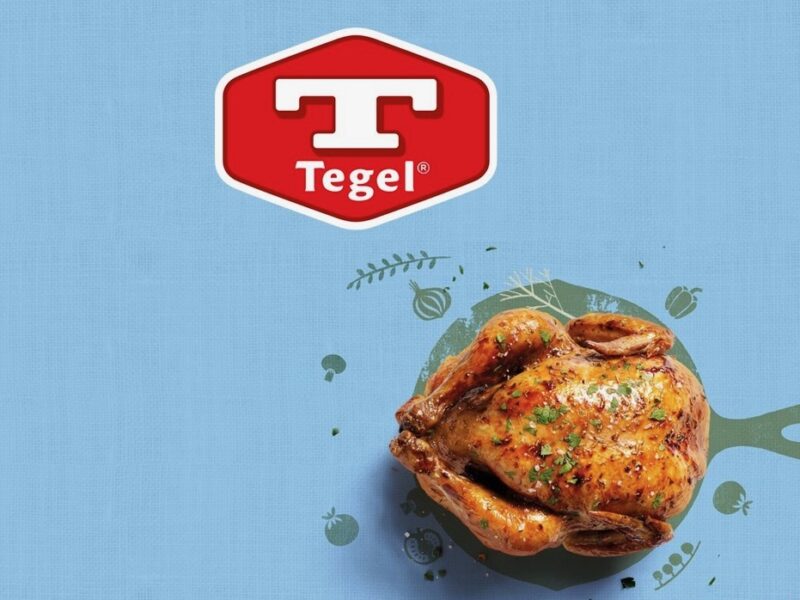
New Zealand’s largest poultry supplier Tegel is raising chicken prices from mid-August.

Inflation for the all households group, as measured by the household living-costs price indexes was 1.1% in the June 2021 quarter.
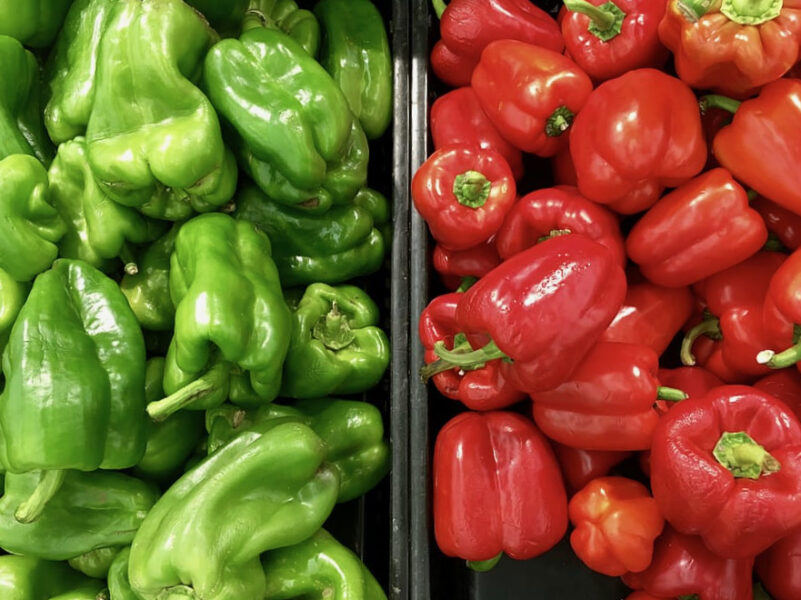
Capsicum prices jumped 27% to a weighted average price of $24.16 per kilogram, an all-time high.
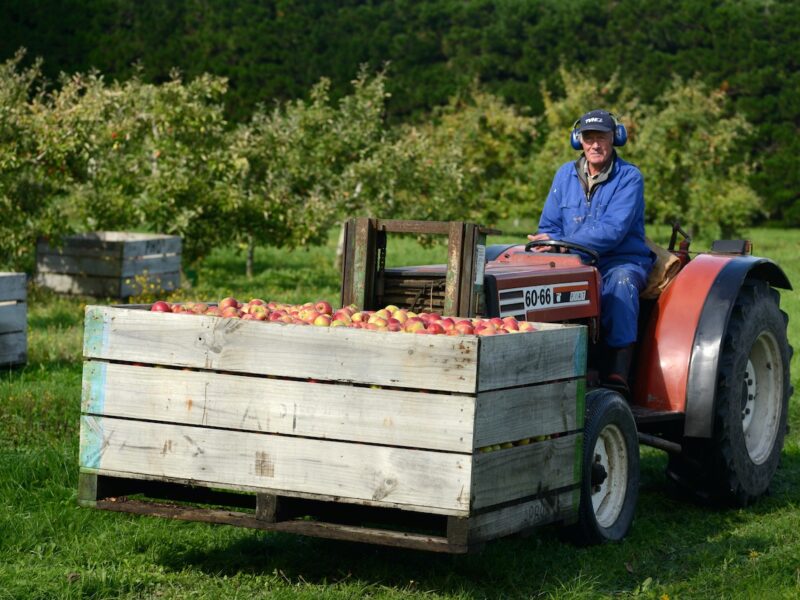
Rural areas have done well but the year ahead may not be so rosy for some growers, says the bank.

Food price rose 0.4% in May compared with the month prior when rising prices for tomatoes and cucumbers contributed to a 1.1% jump, according to Stats NZ.

Rising prices for tomatoes and cucumbers were the main contributors to a 1.1% rise in food prices in April 2021, according to Stats NZ.

Rabobank has hiked its farmgate milk price forecast by 60 cents to $7.60 kg/MS for the 2020/21 season.

Food prices were flat in March 2021, falling 0.4% compared to February 2021, according to Stats NZ.

The results of survey will feed into ComCom’s probe of the country’s $21bn grocery sector.
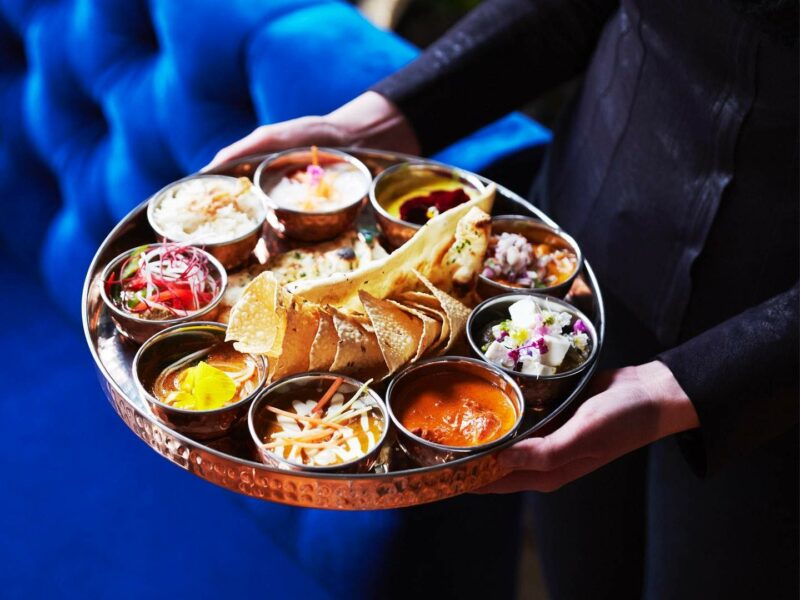
Restaurant meals and foods such as Thai and Indian helped lift prices in Feb but it was the slowest growth for 18 months.
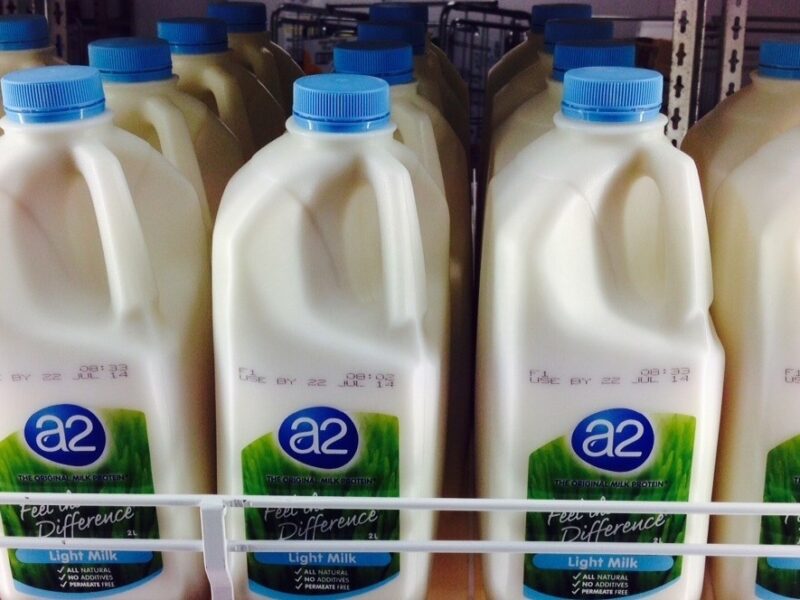
The high cost of producing milk in China had favoured importing New Zealand dairy products.

Dairy and meat product manufacturing fell 3.2% to $288m in the December 2020 quarter, says Stats NZ.

Fonterra has lifted its 2020/21 farmgate milk price range forecast for the second time in two months.

Rising prices for venison in Europe will help boost the market, says Deer Industry NZ.

Lower demand for red meat is set to put pressure on prices, says agribusiness bankers Rabobank.

Gains made in the March and June quarters have been impacted by the fall.

The Commerce Commission will conduct the investigation to see if Kiwis are paying more than they should be.
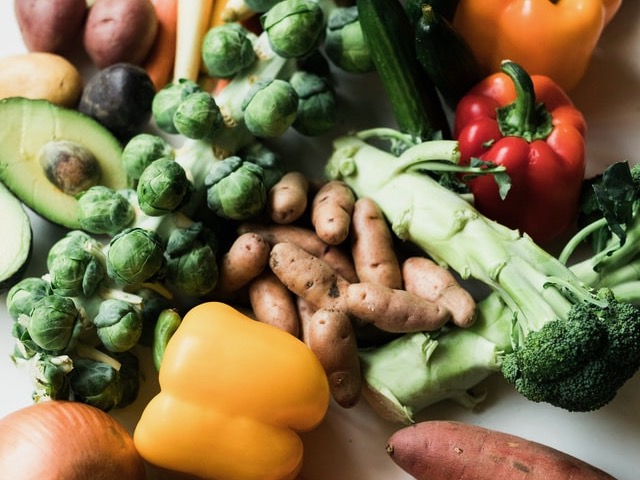
The department says prices tend to fall in October as fruit and vegetables follow seasonal trend.

Higher vegetable prices have contributed to a 0.7% increase in the Consumers Price Index (CPI.

A refreshing glimpse into past and present consumer trends reveals the food products Kiwis loved buying in a Stats NZ infographic.
© 2024 Business Media Network Ltd
Website by Webstudio